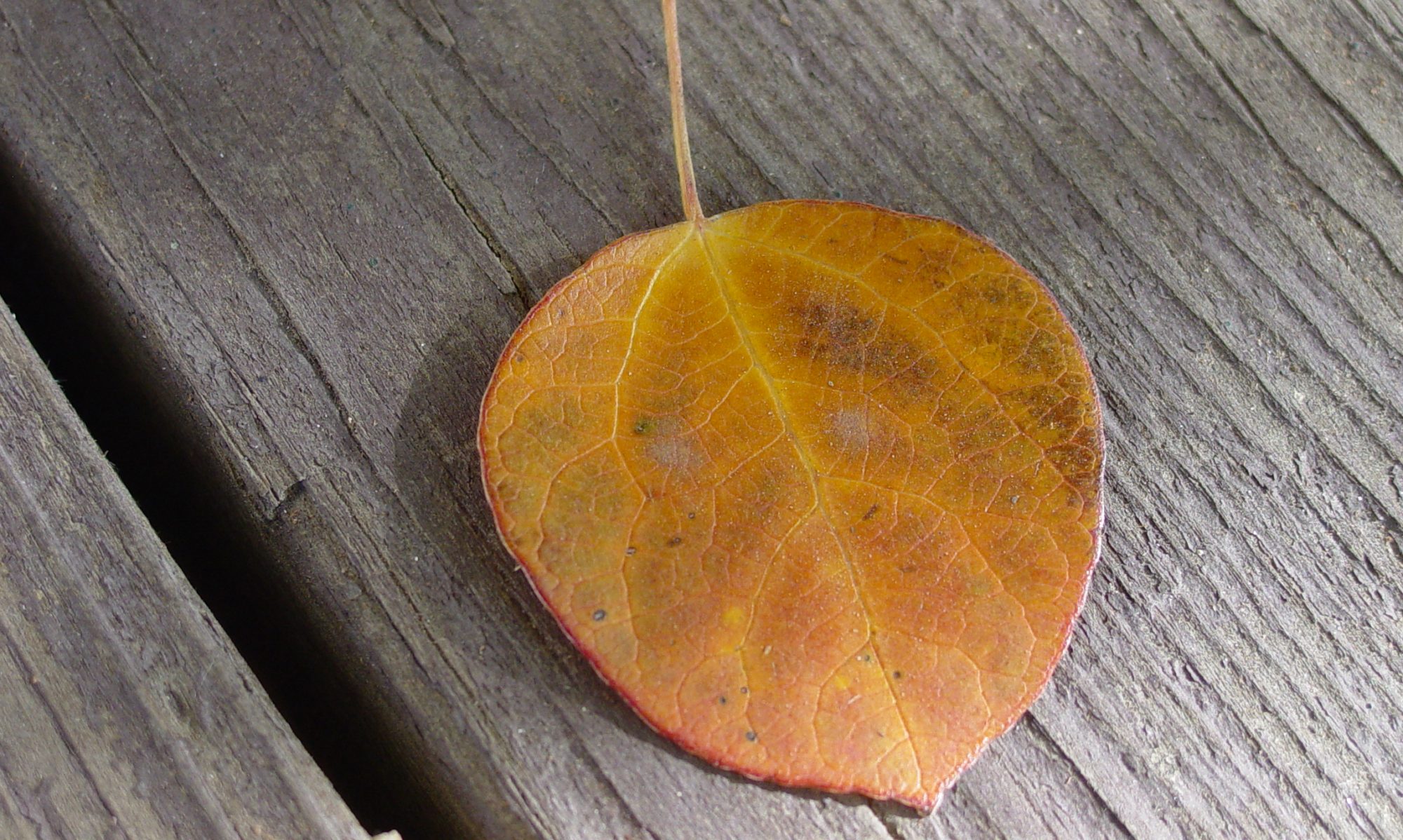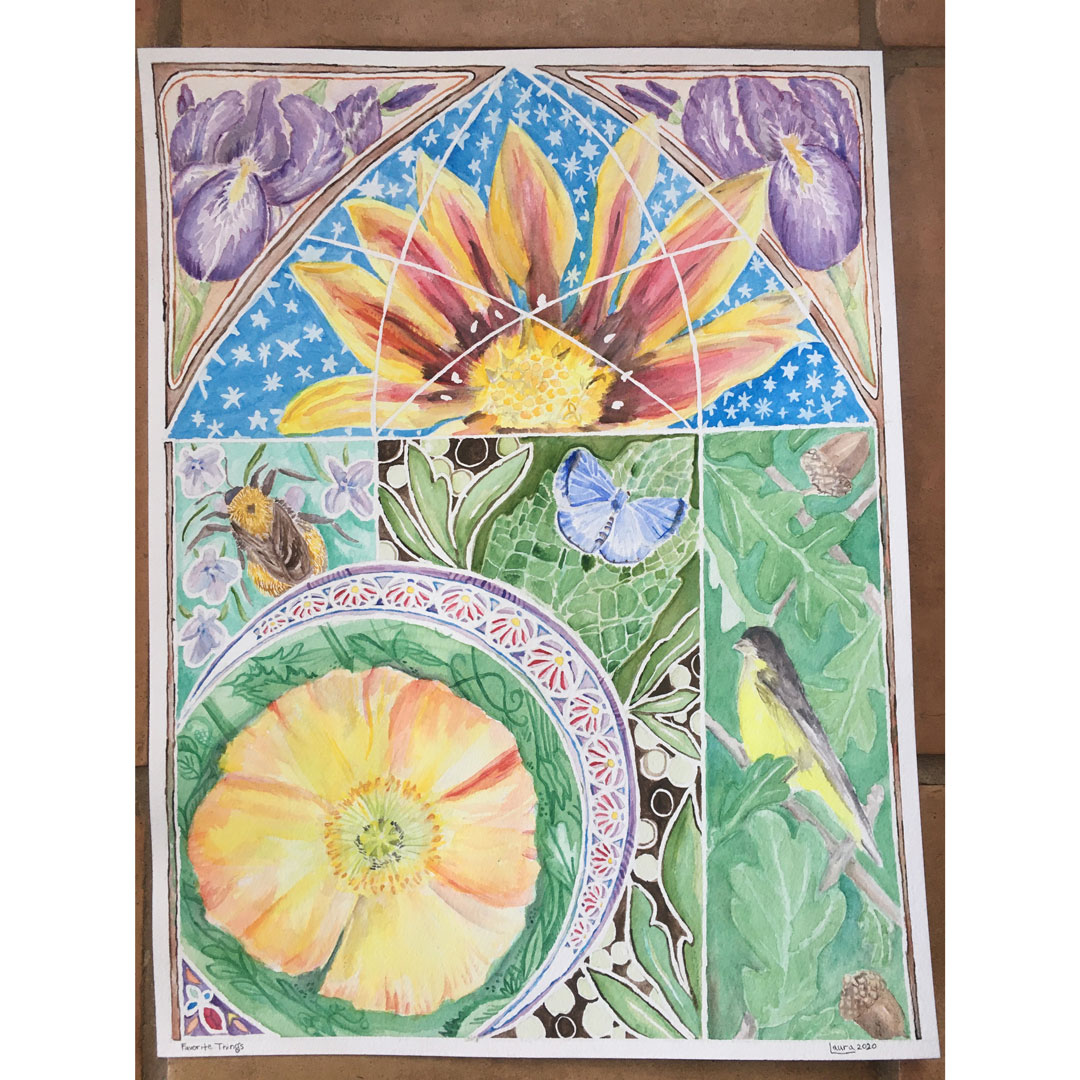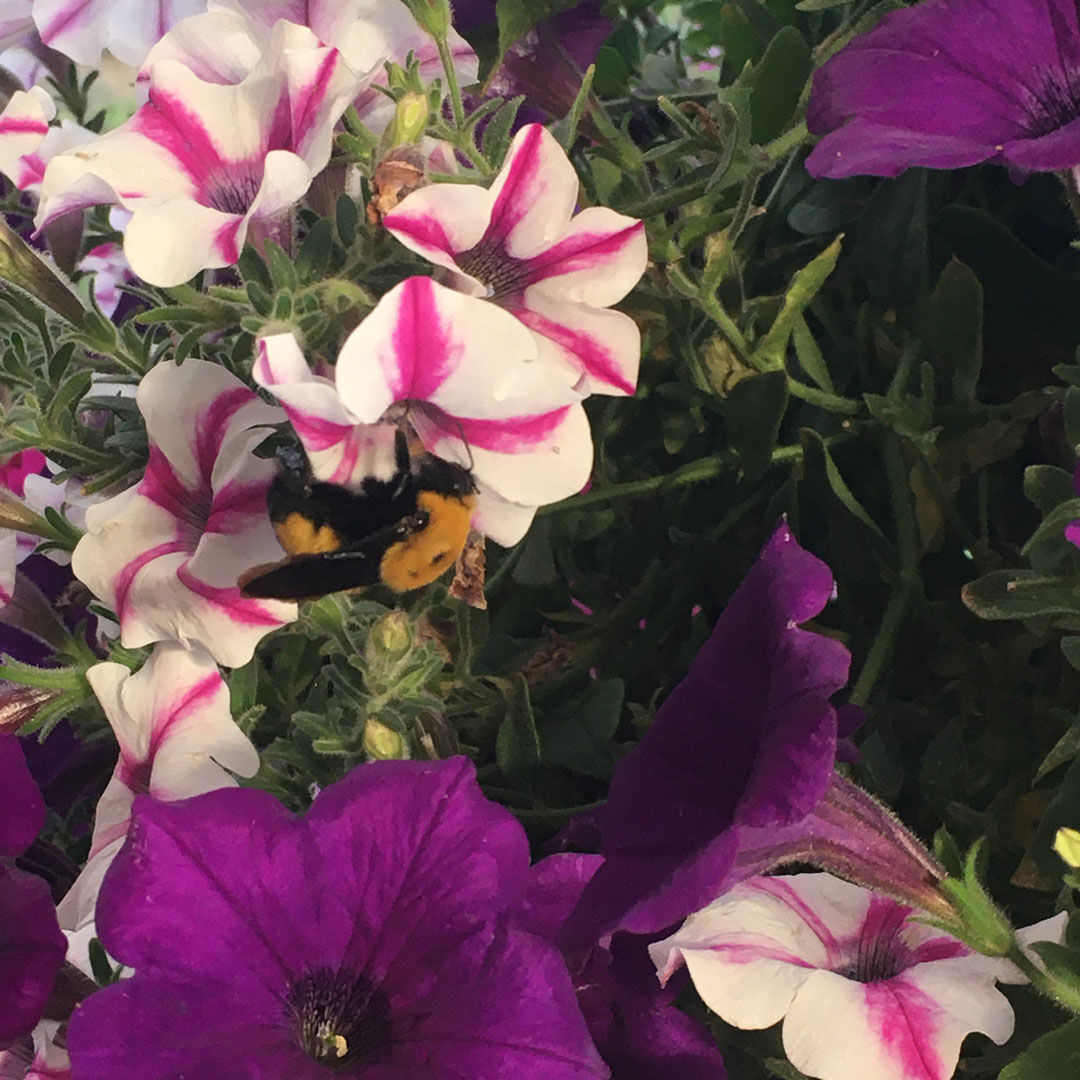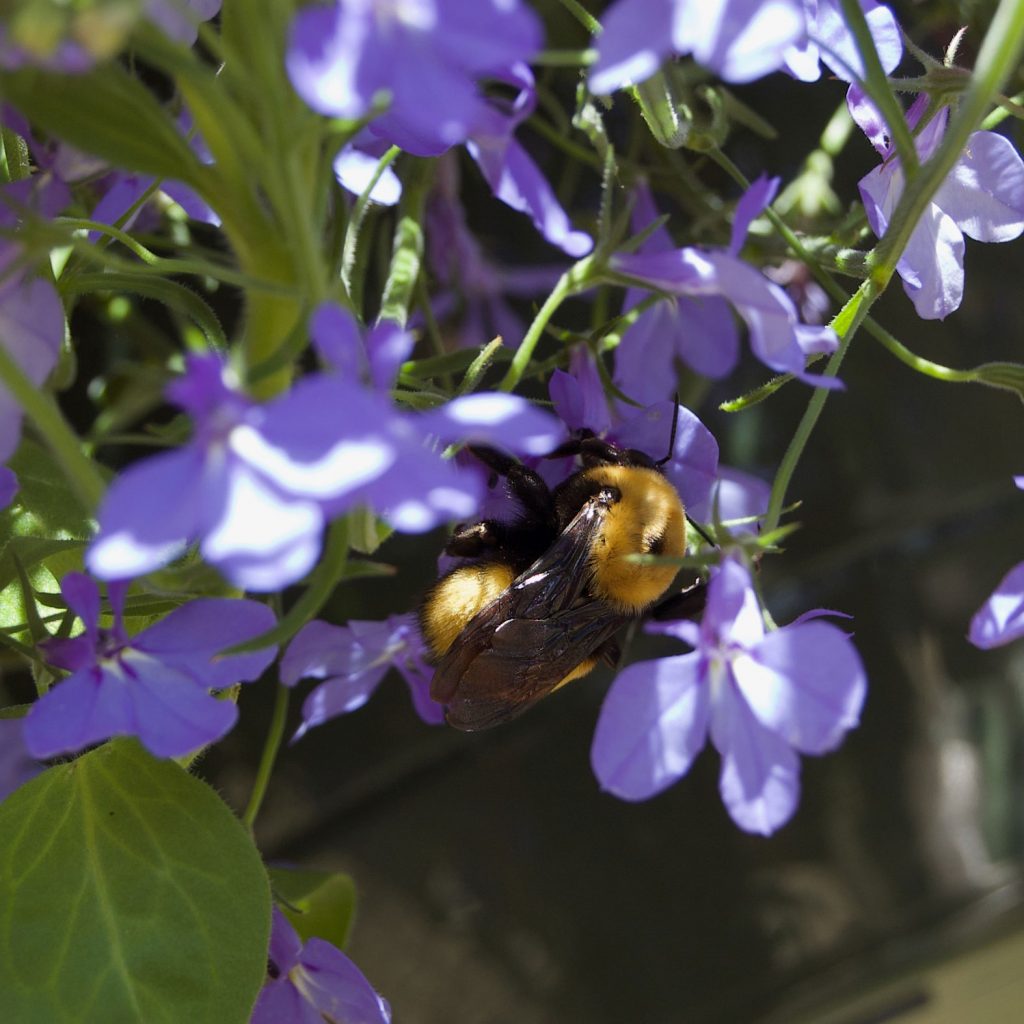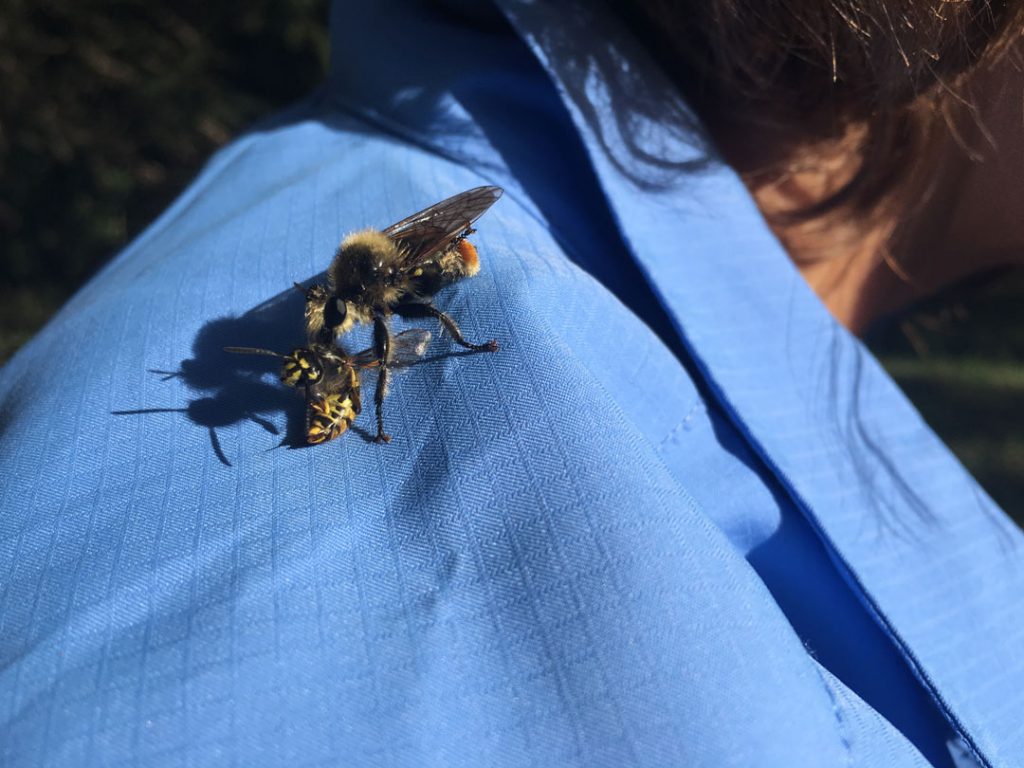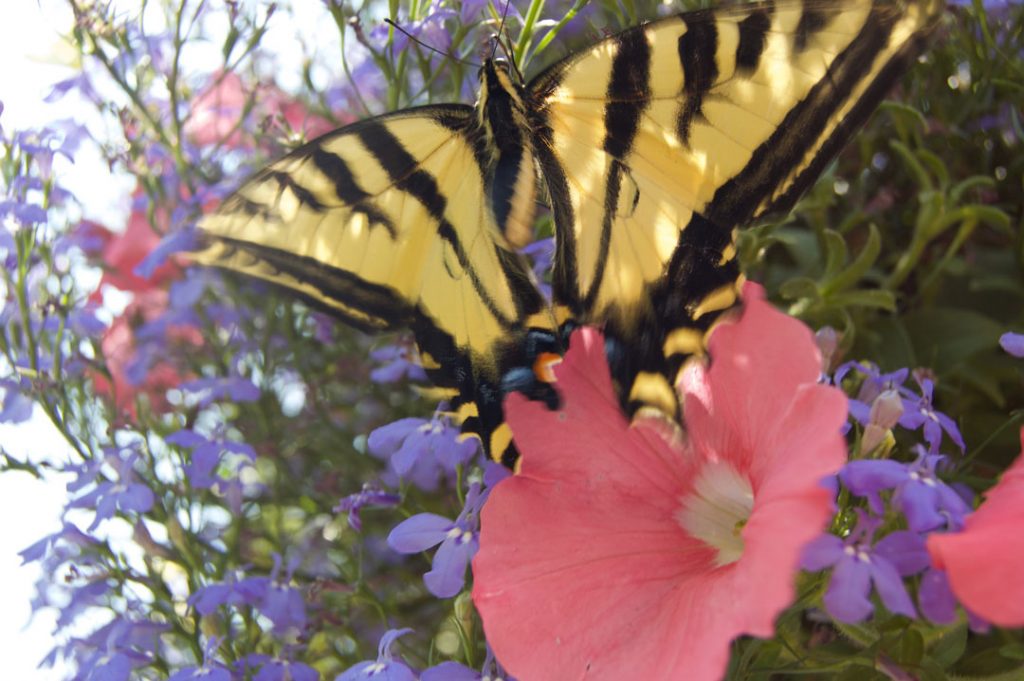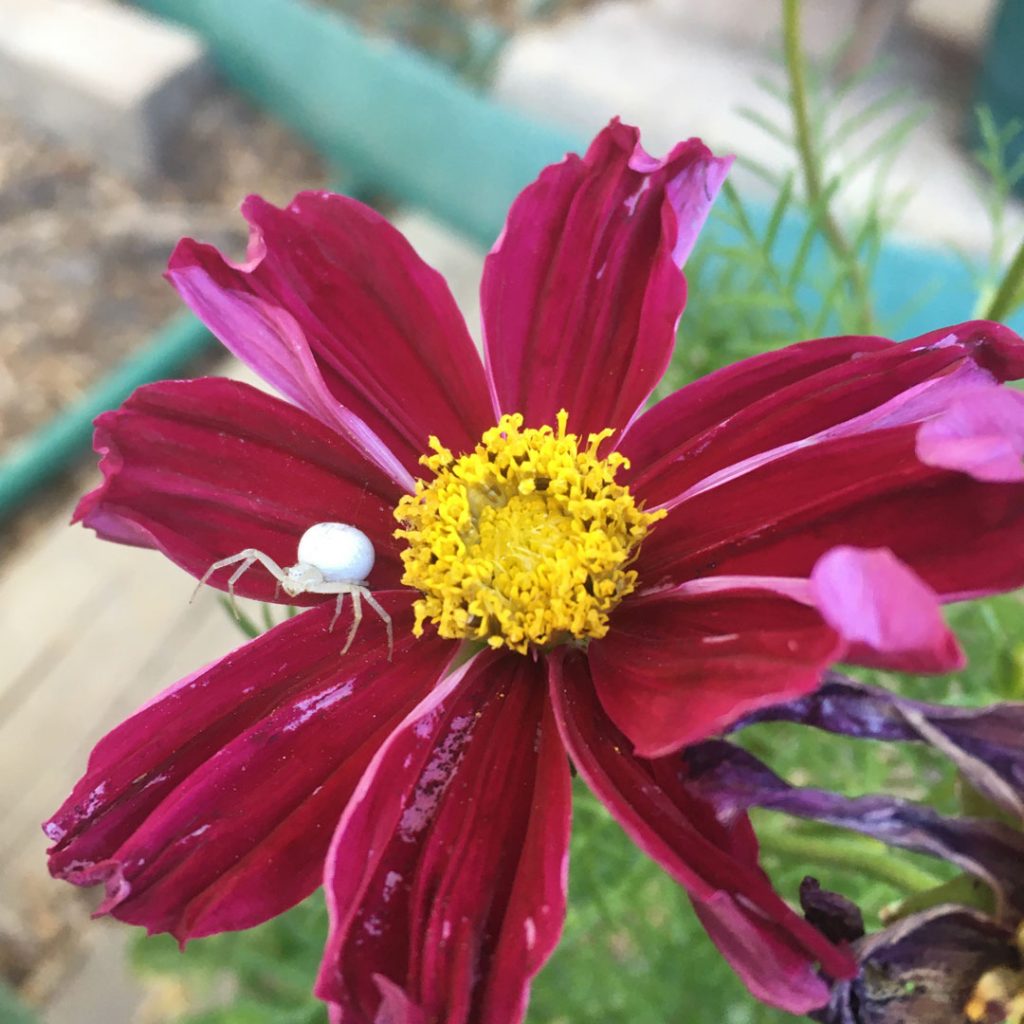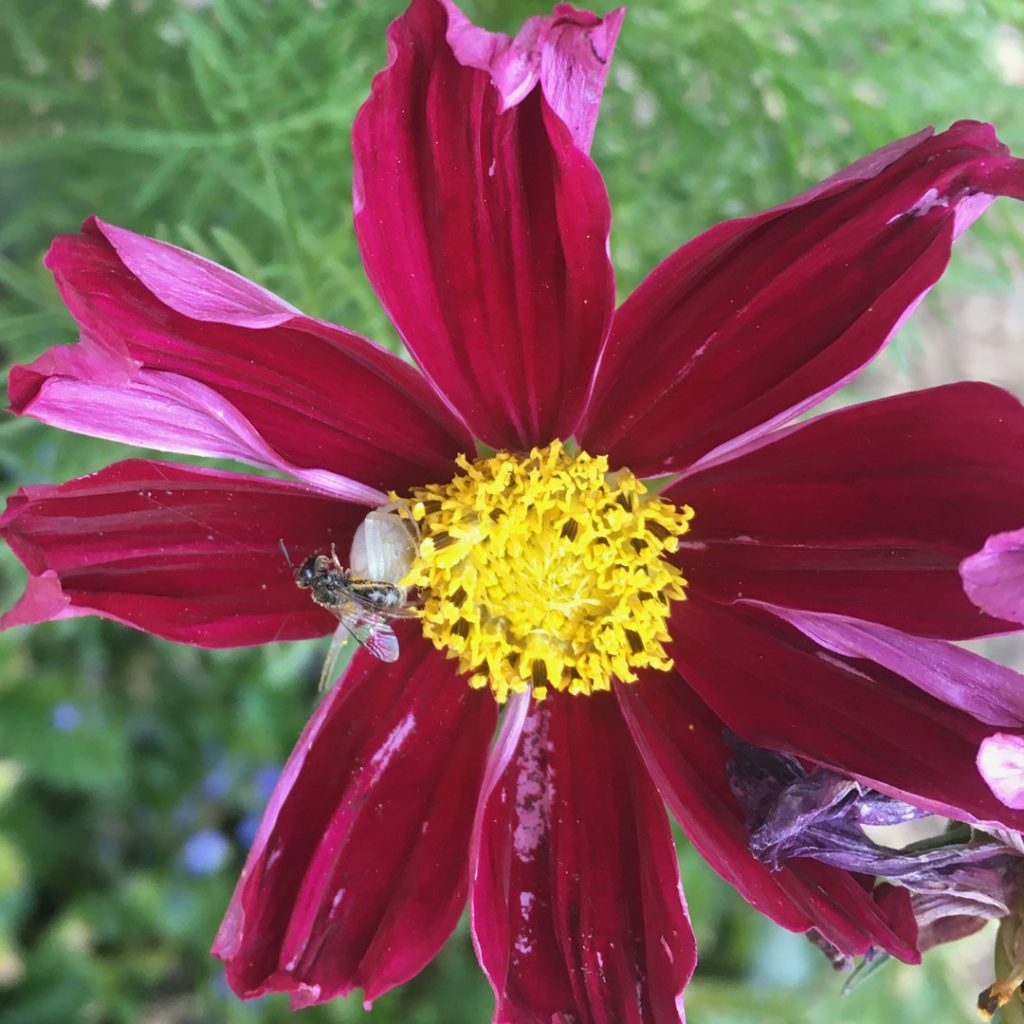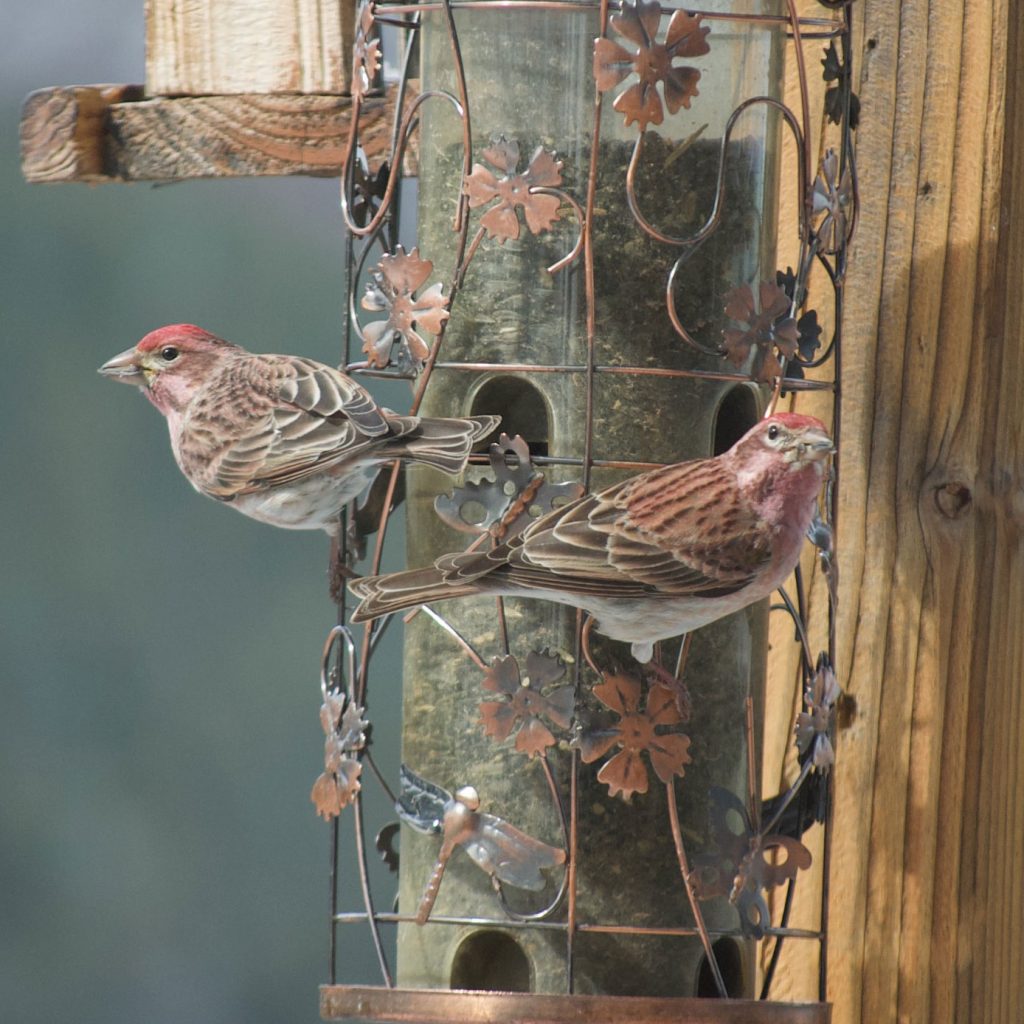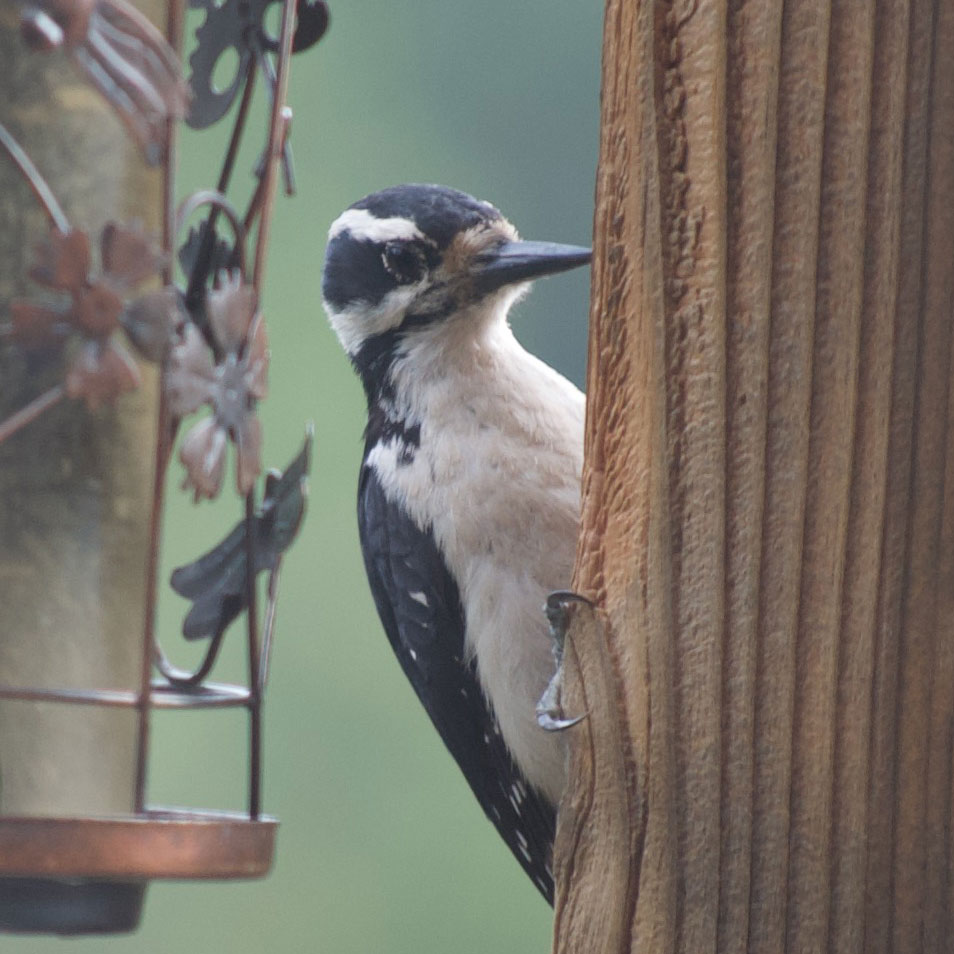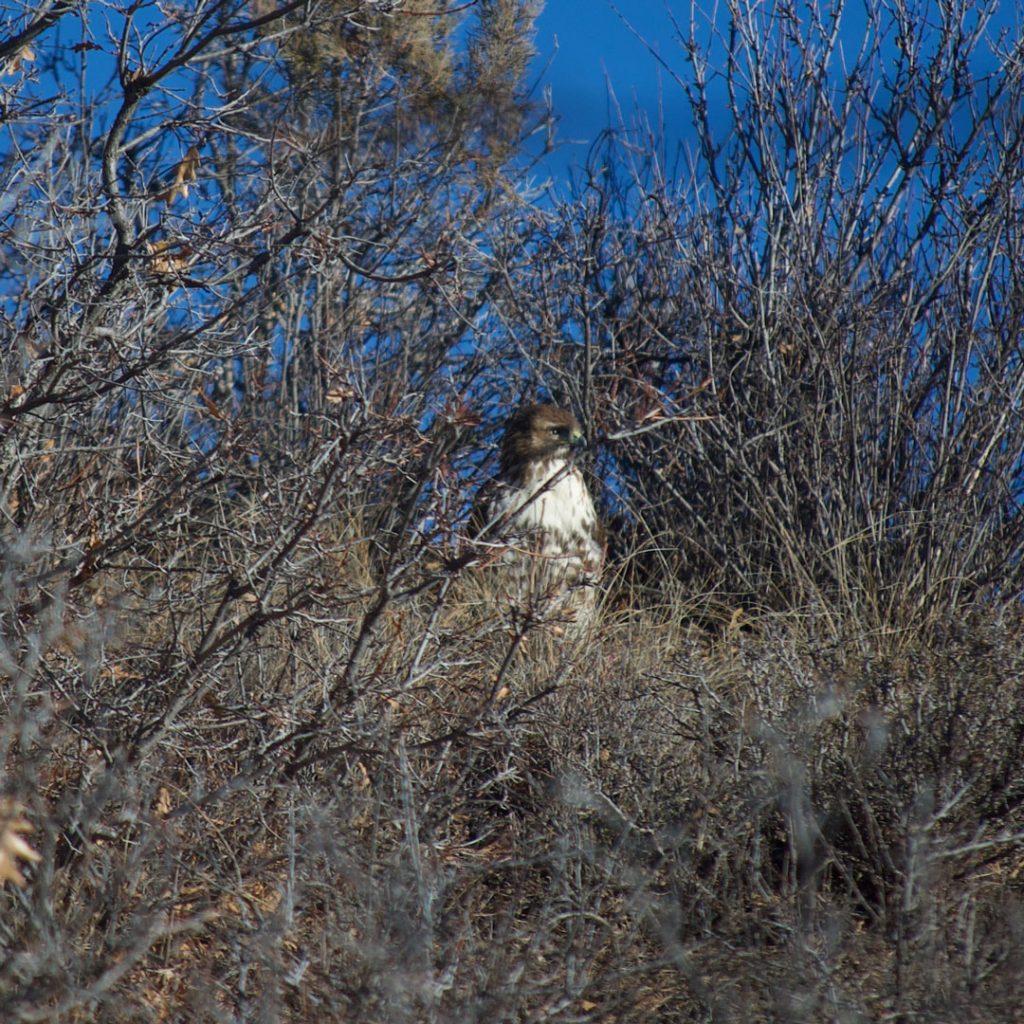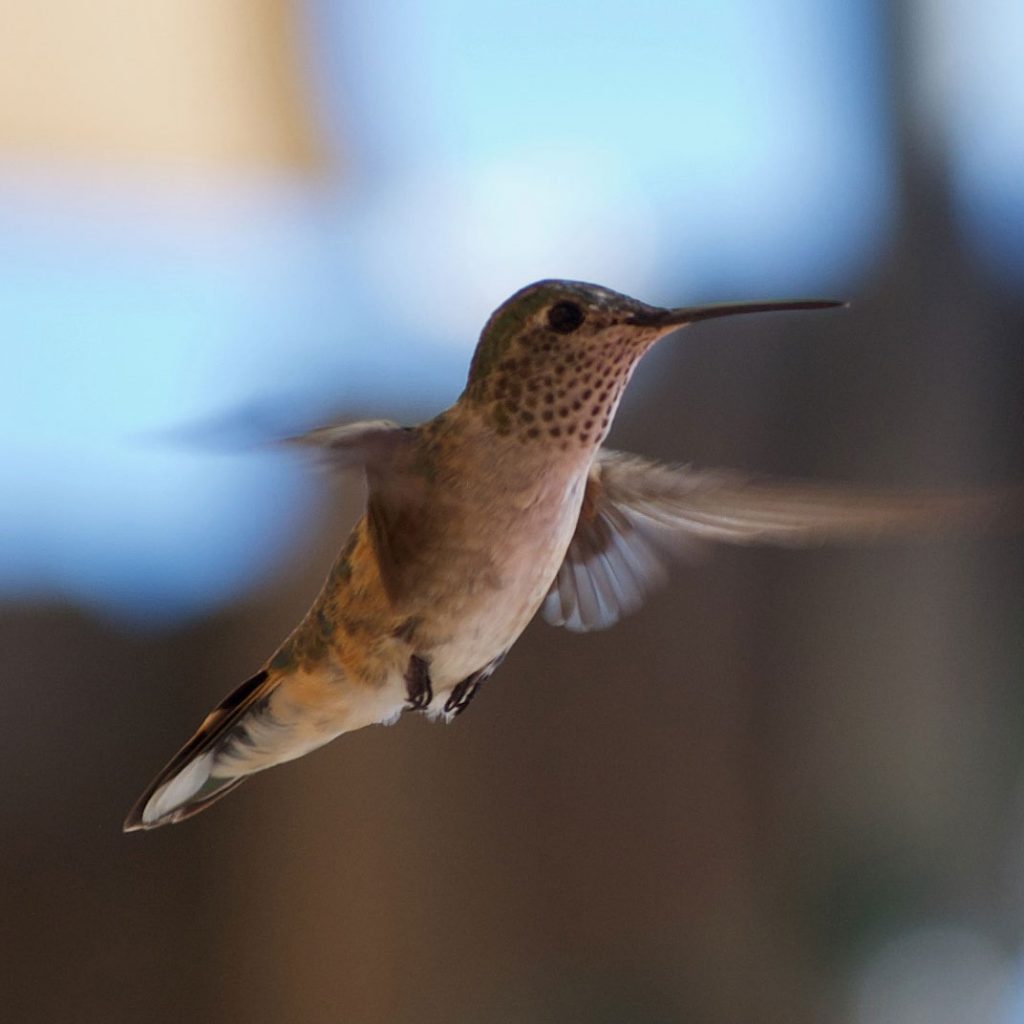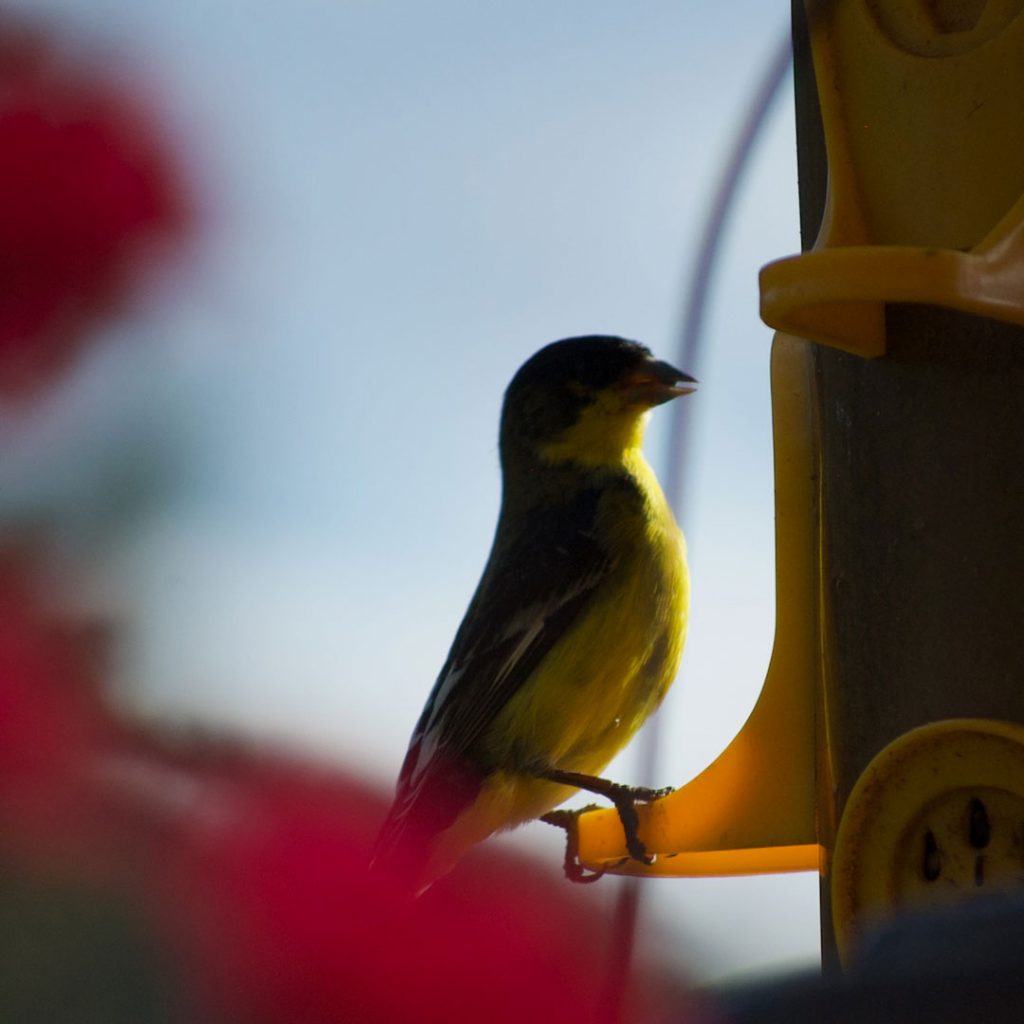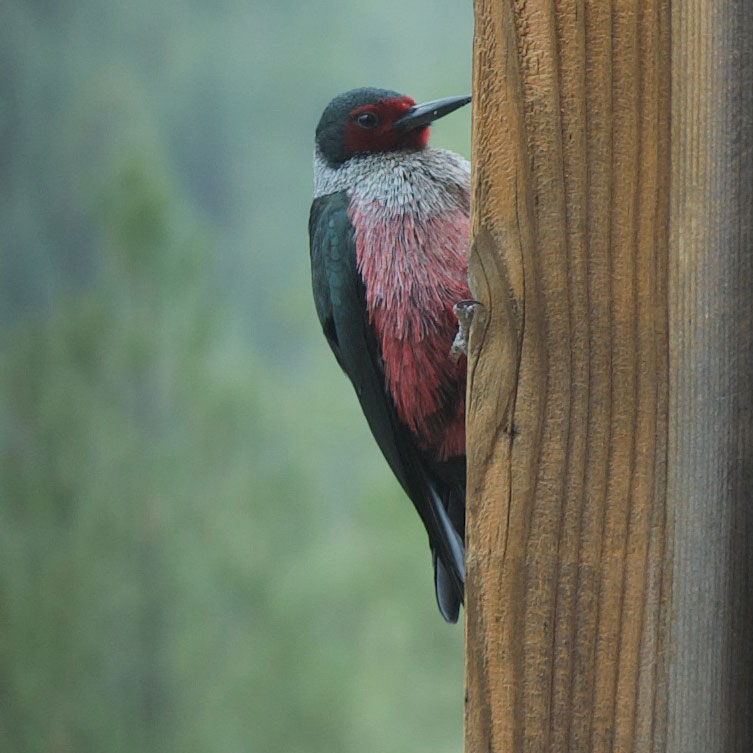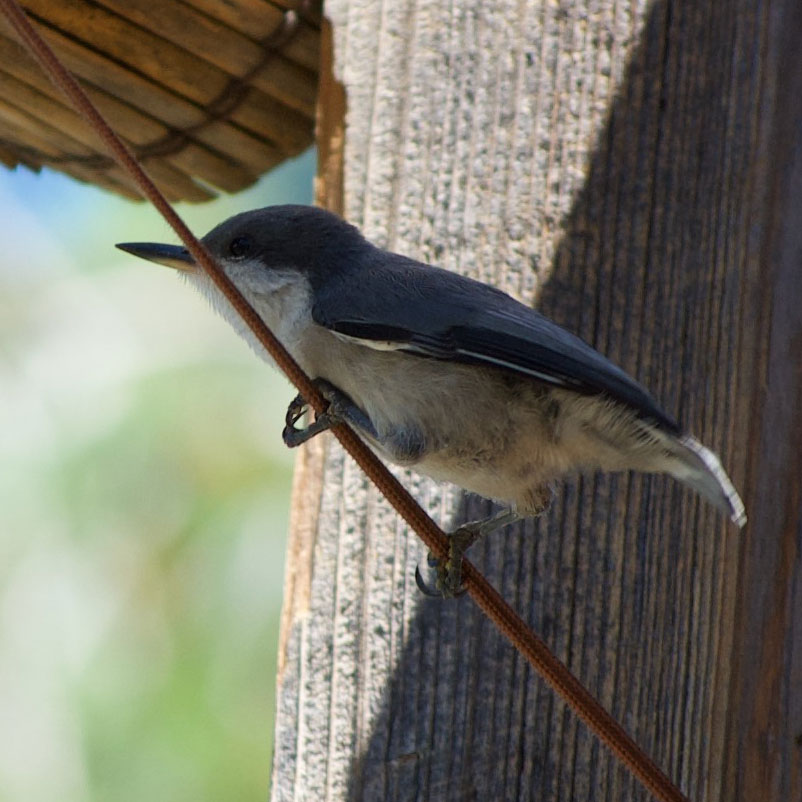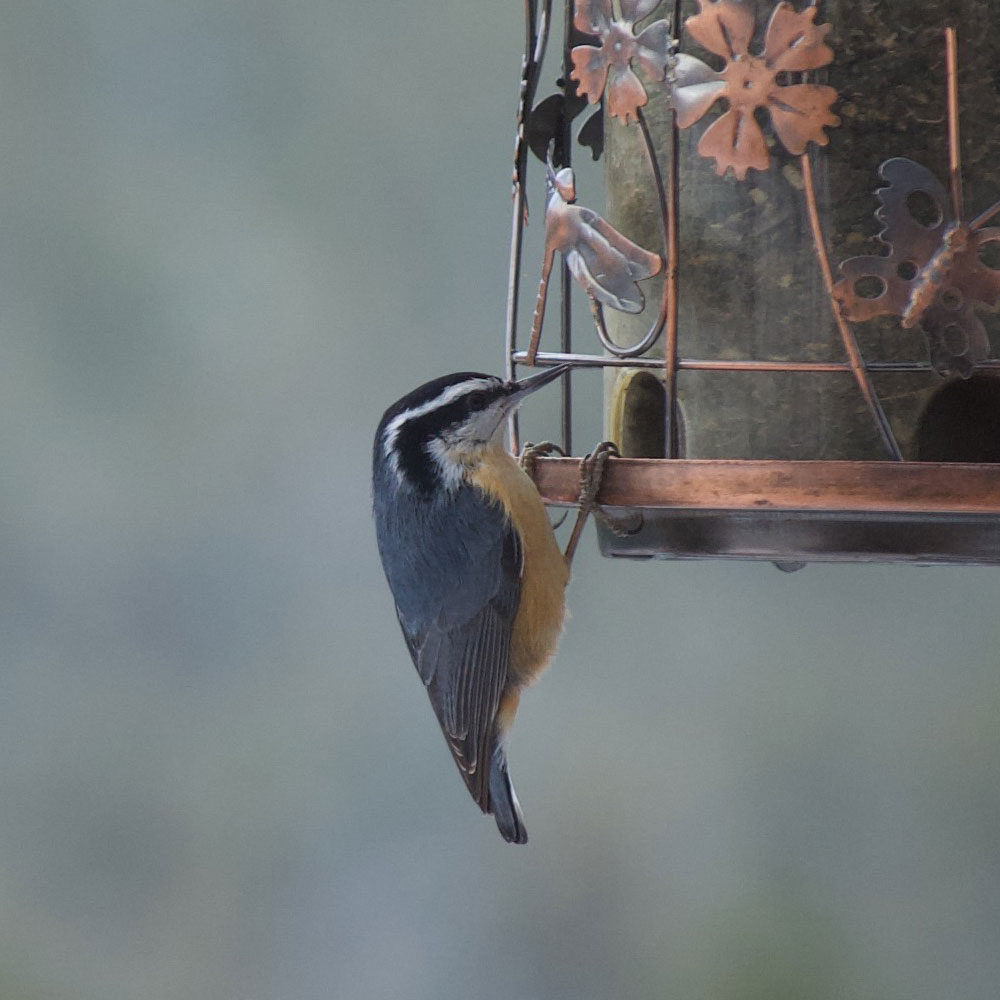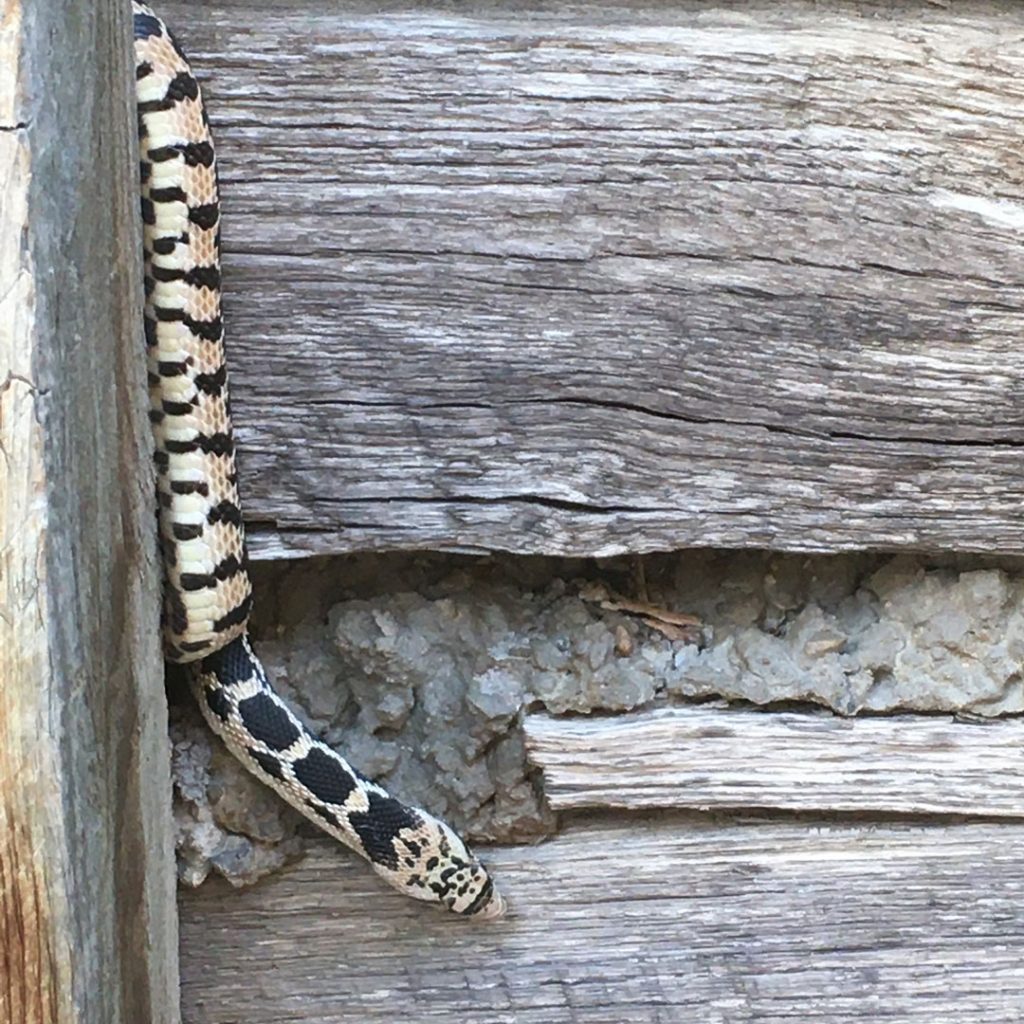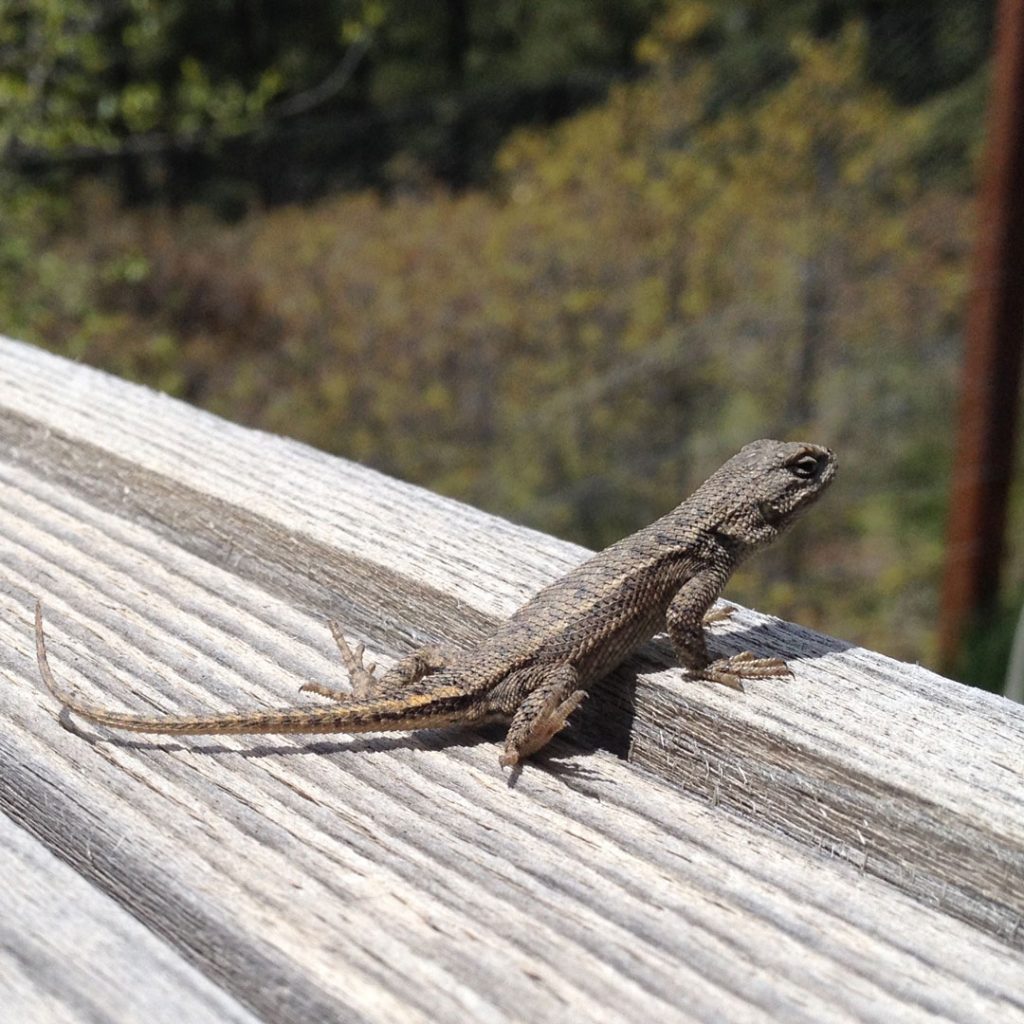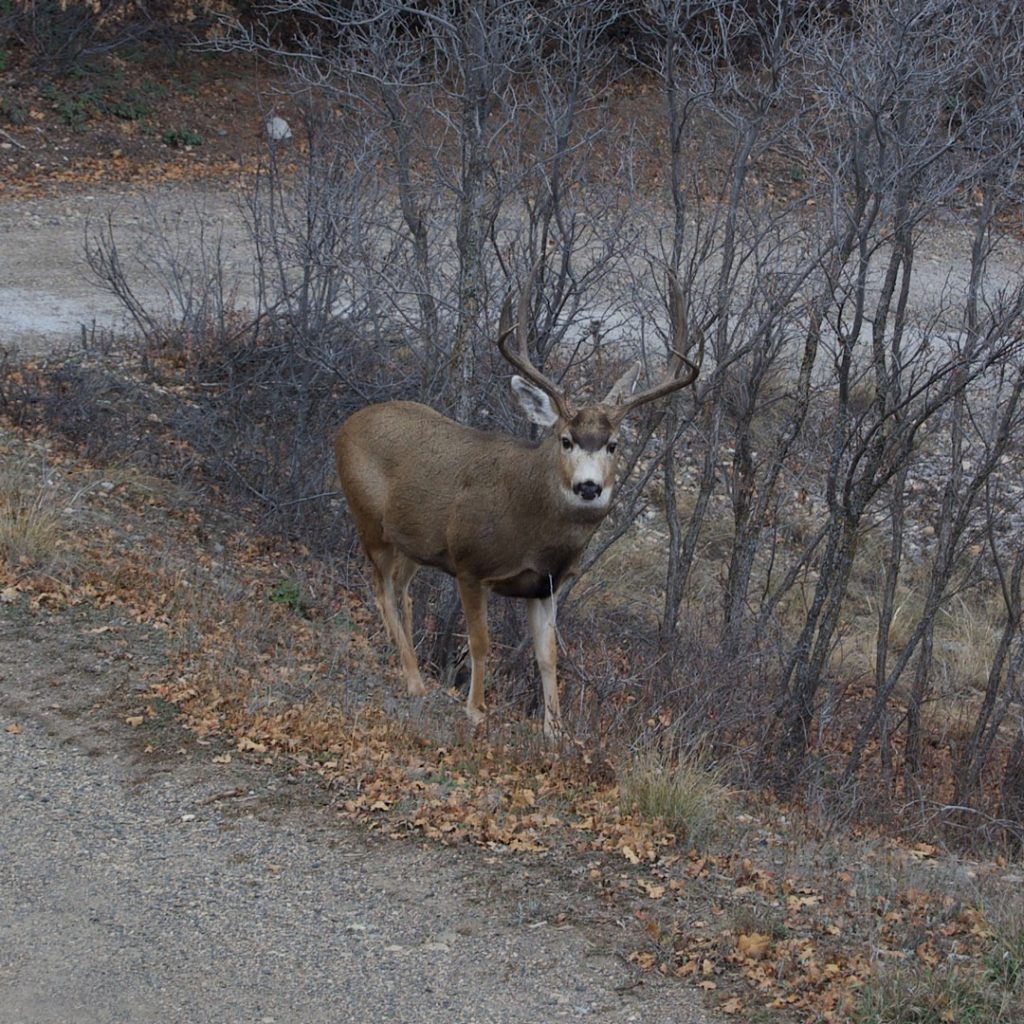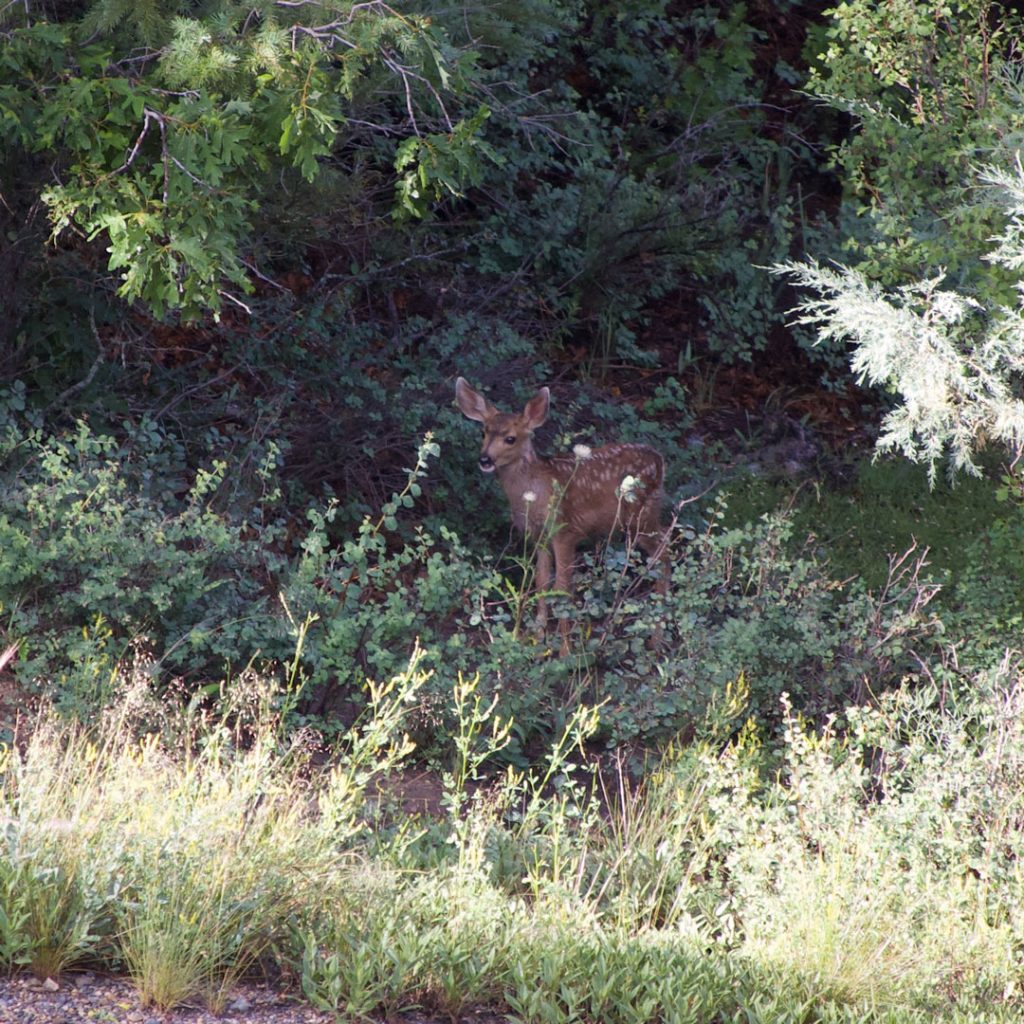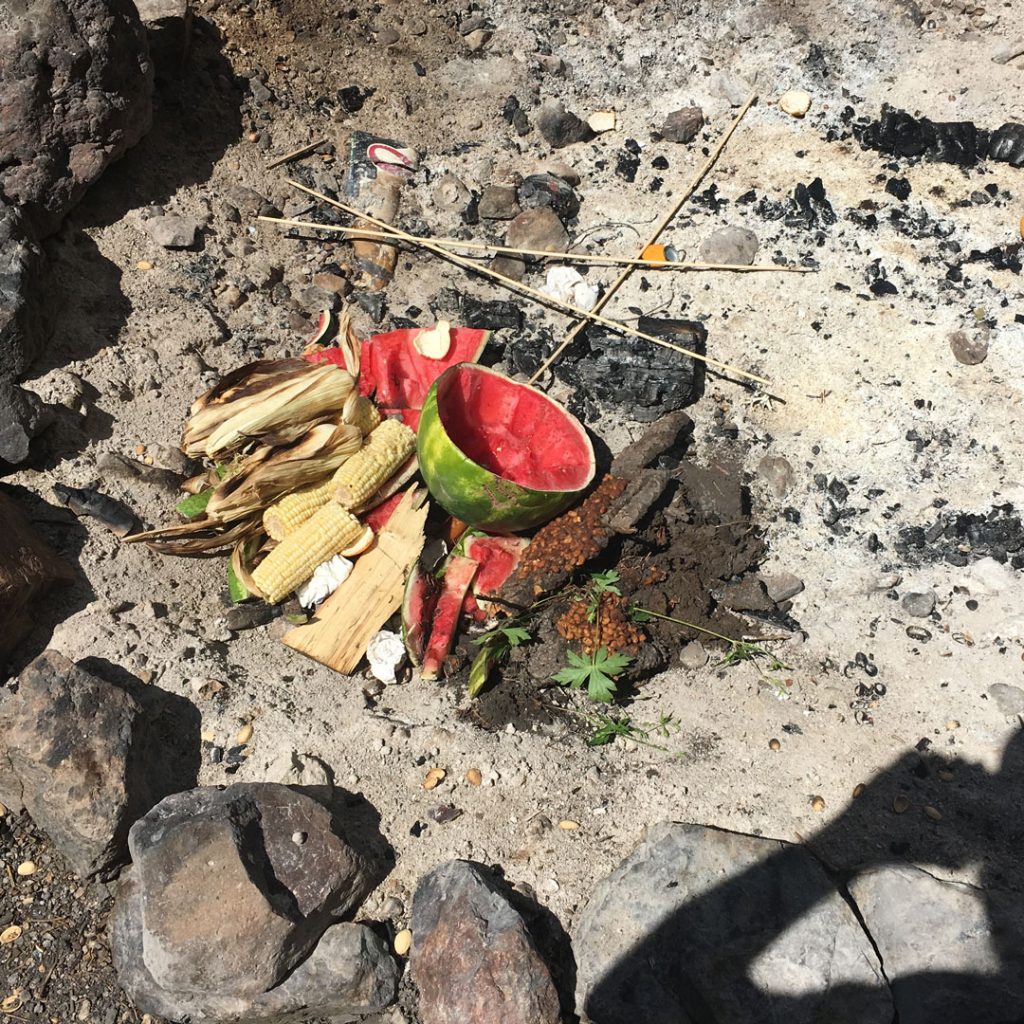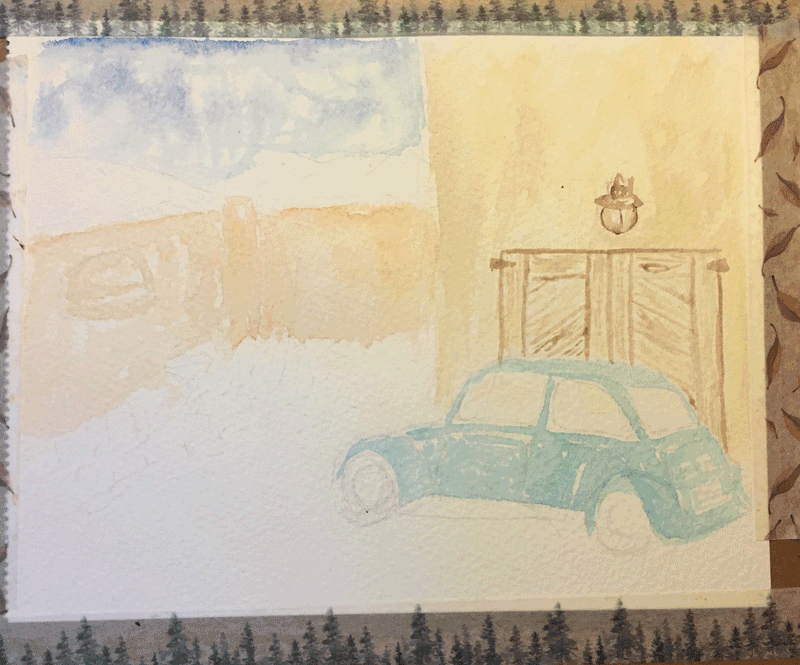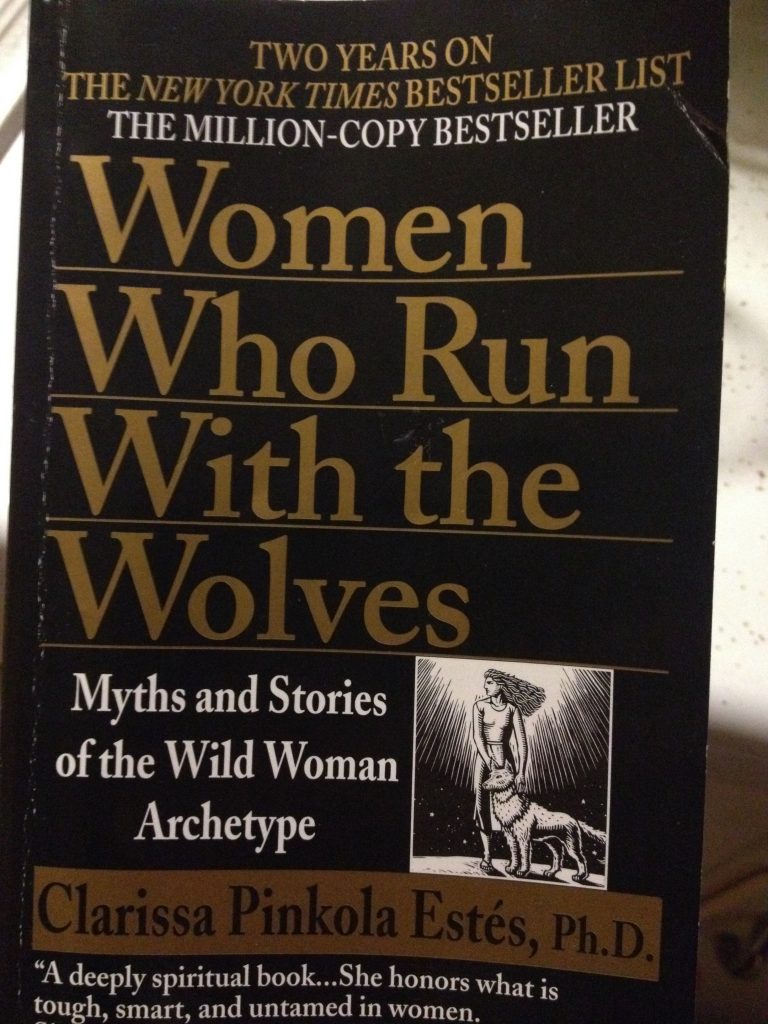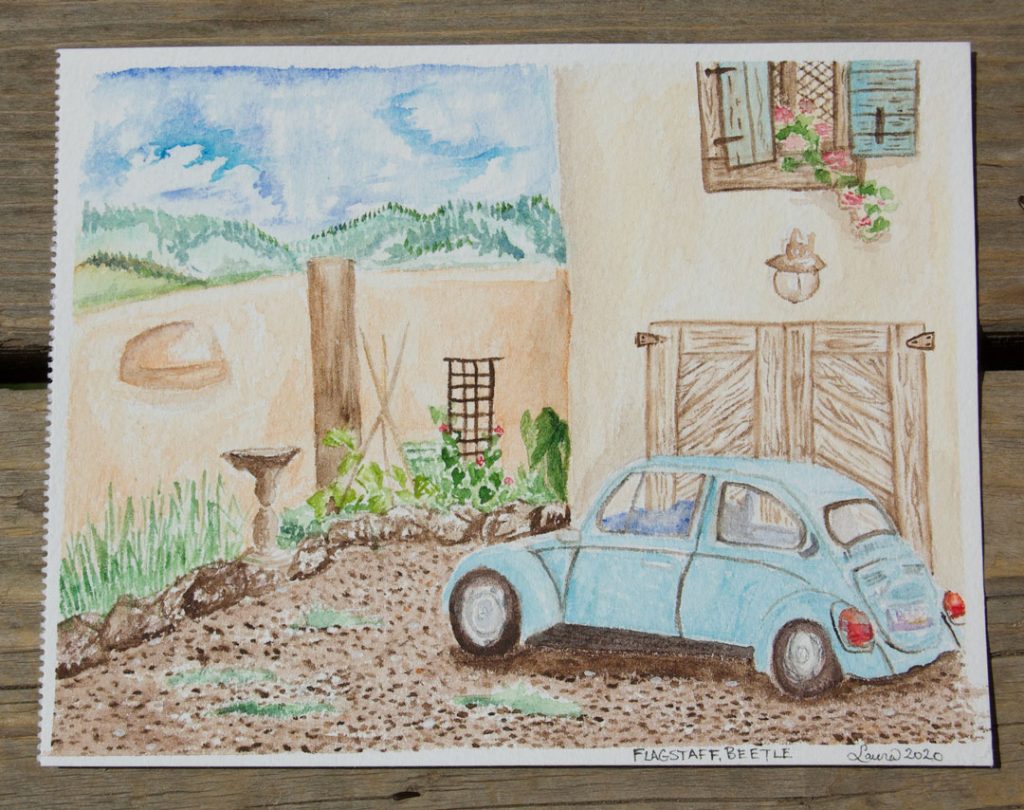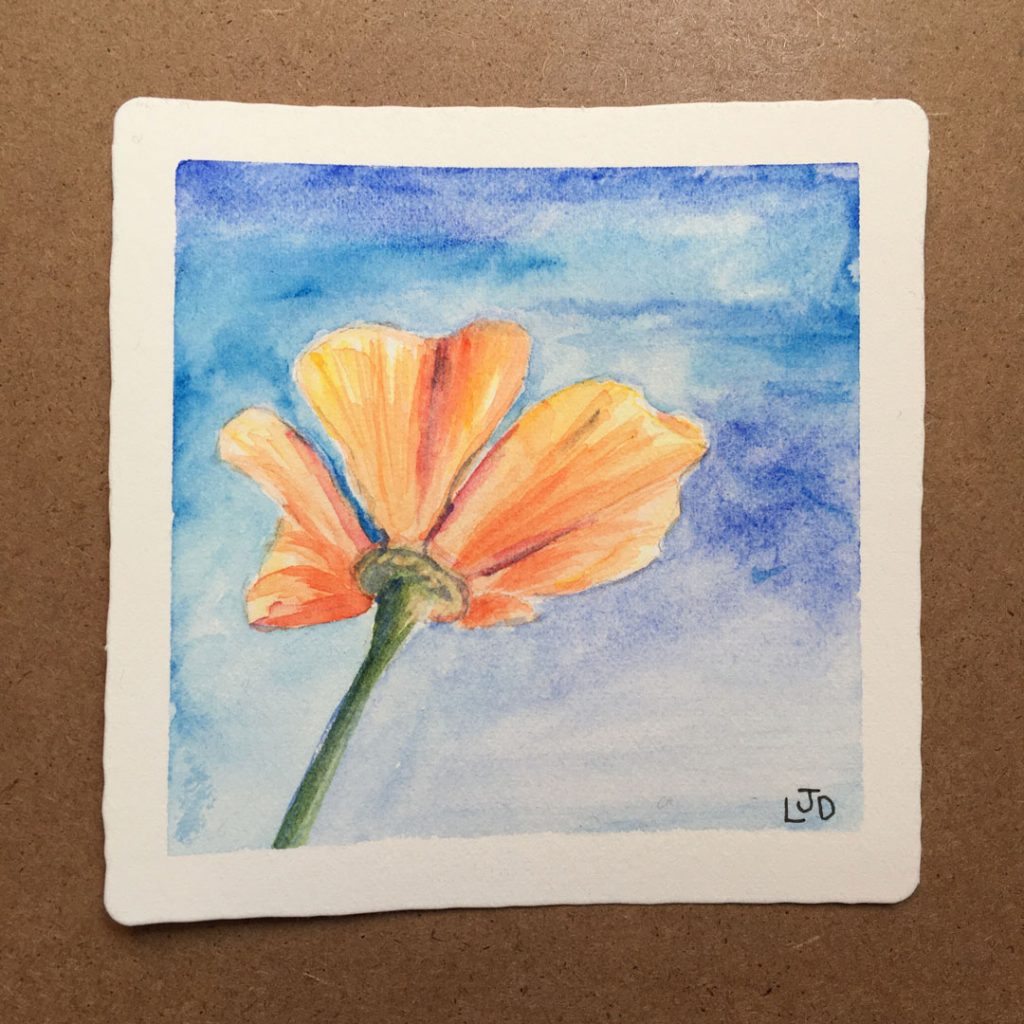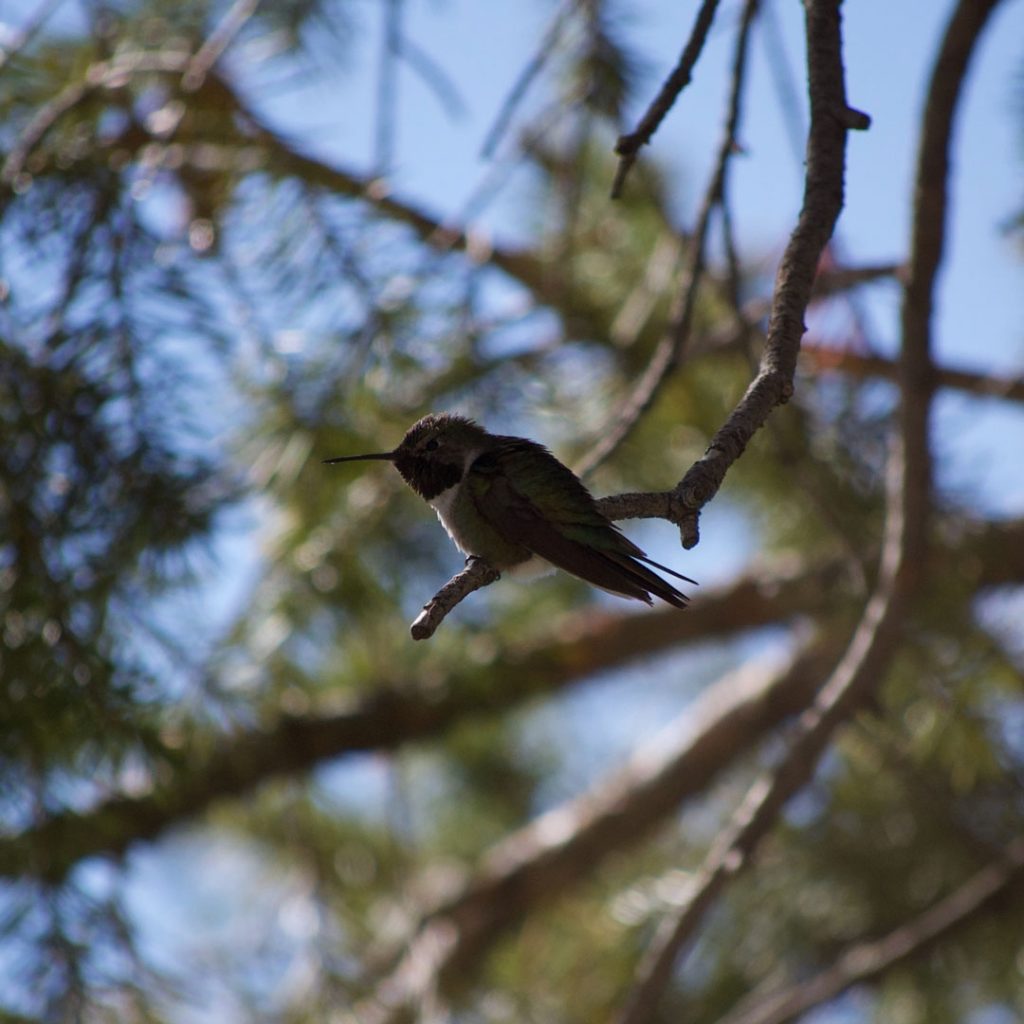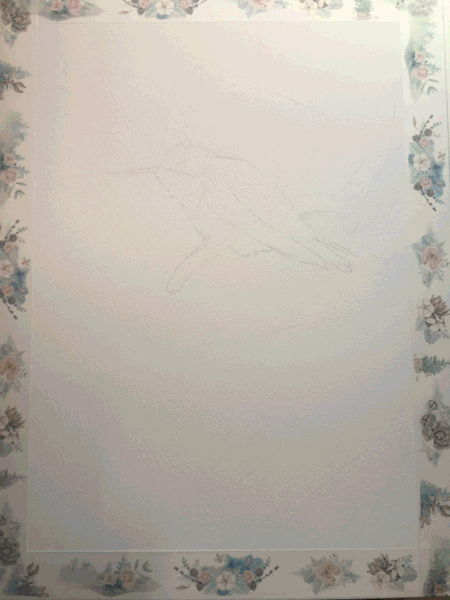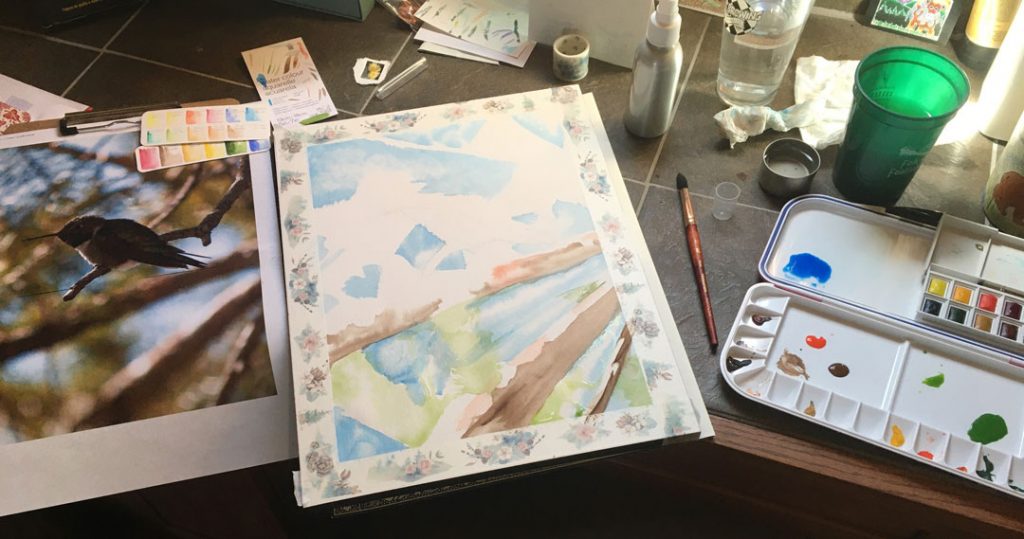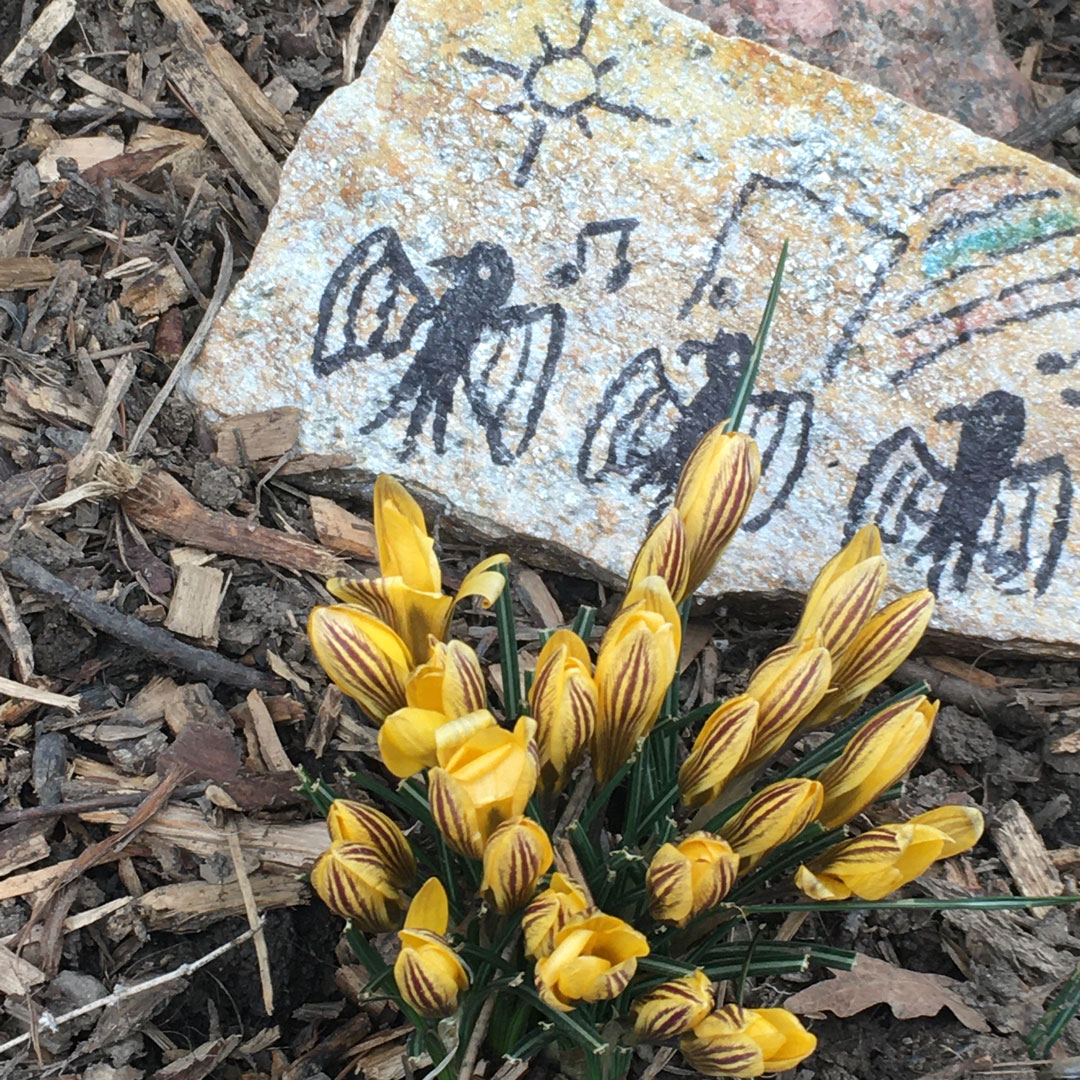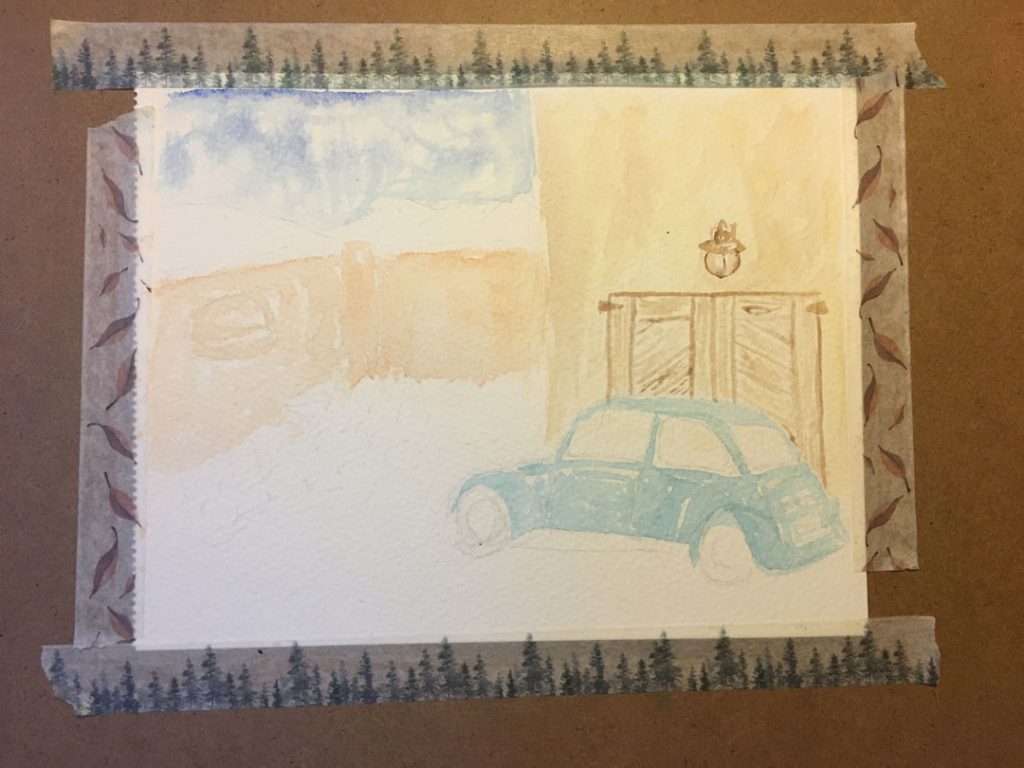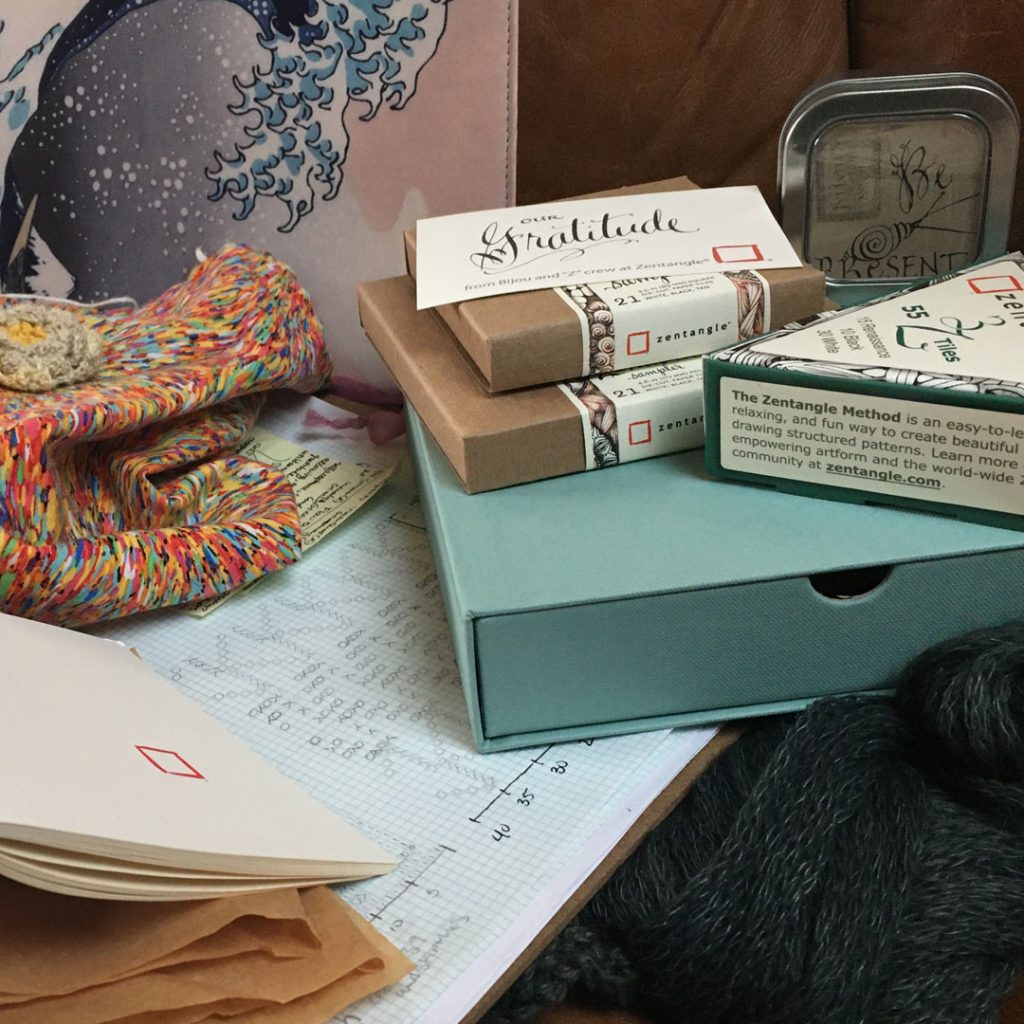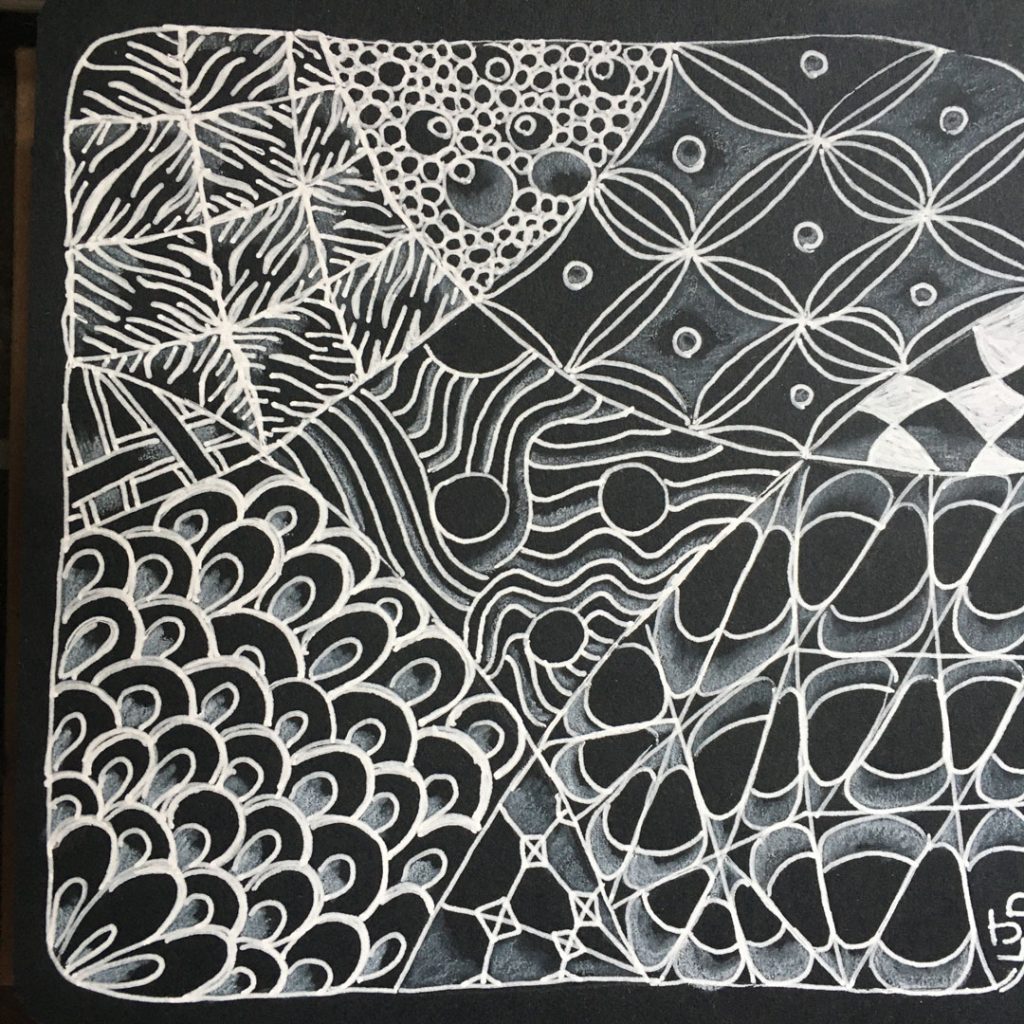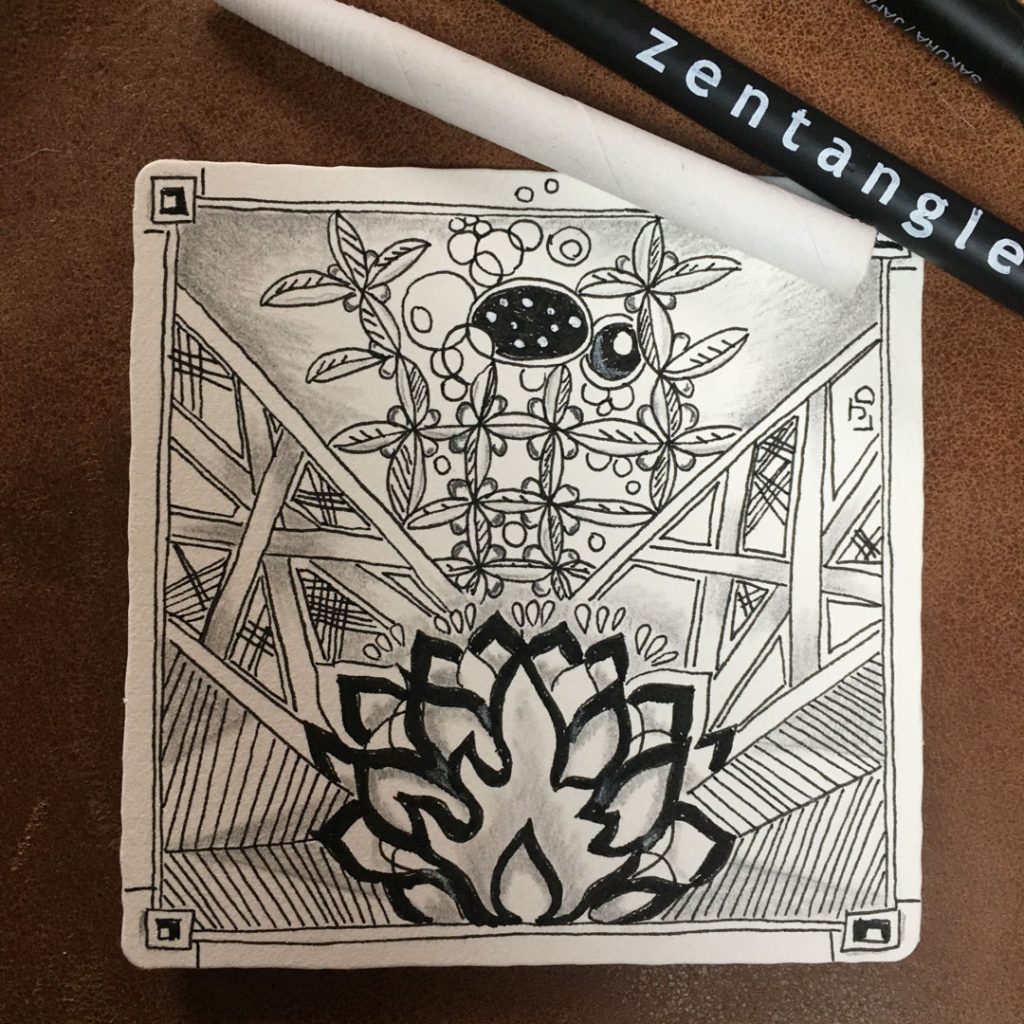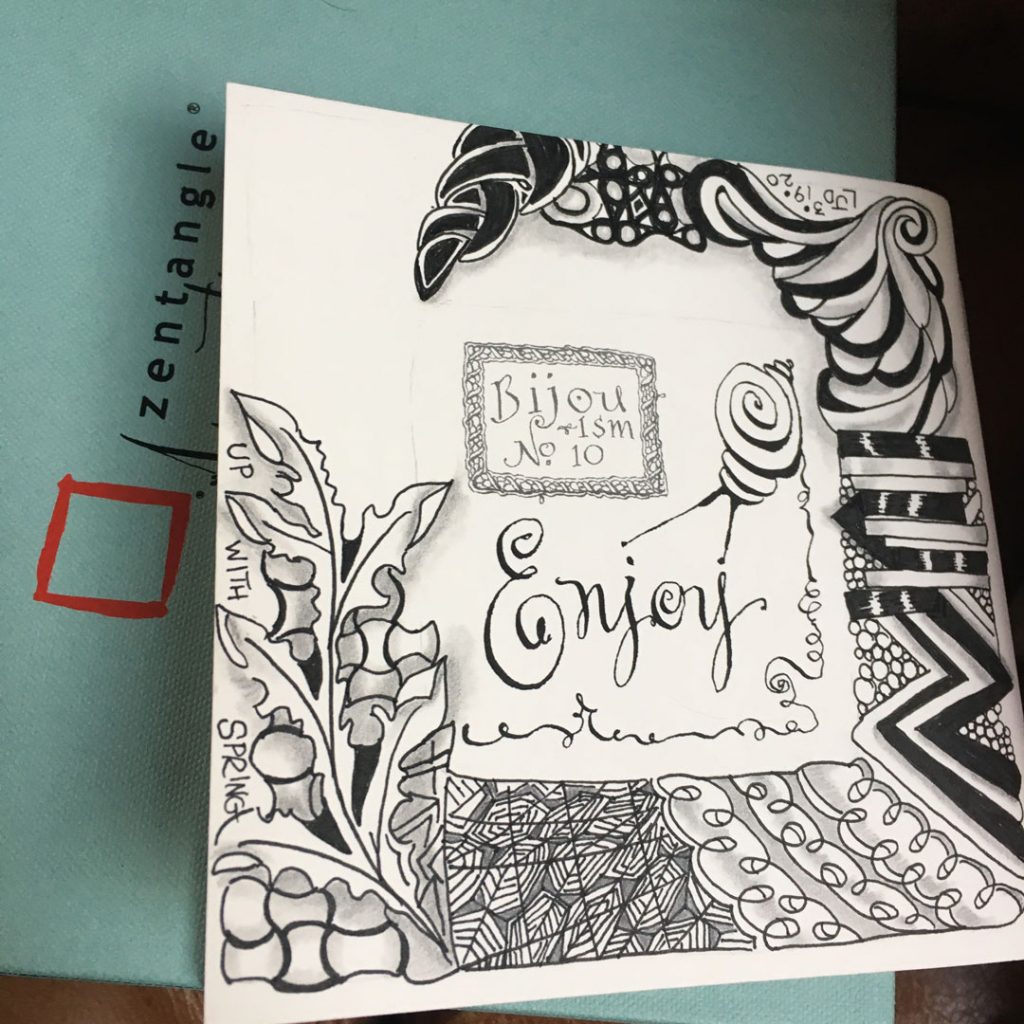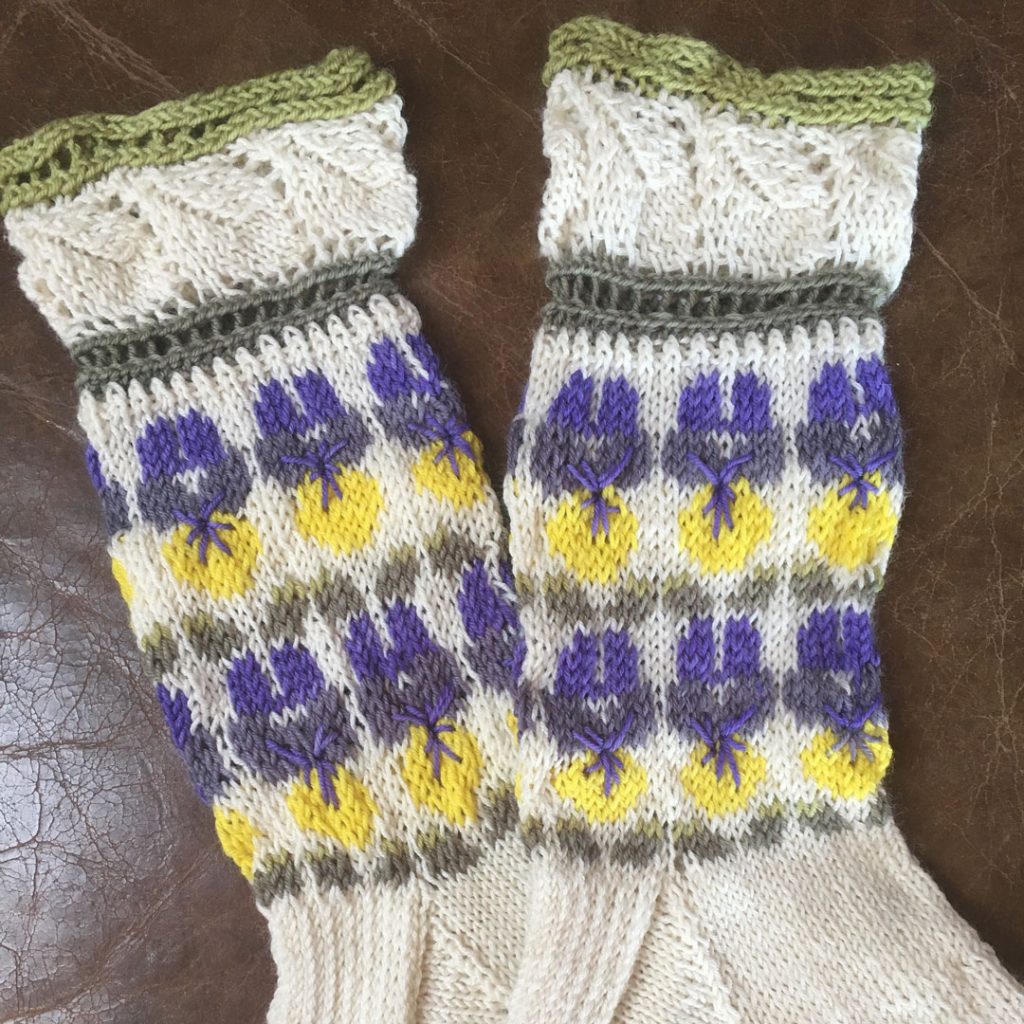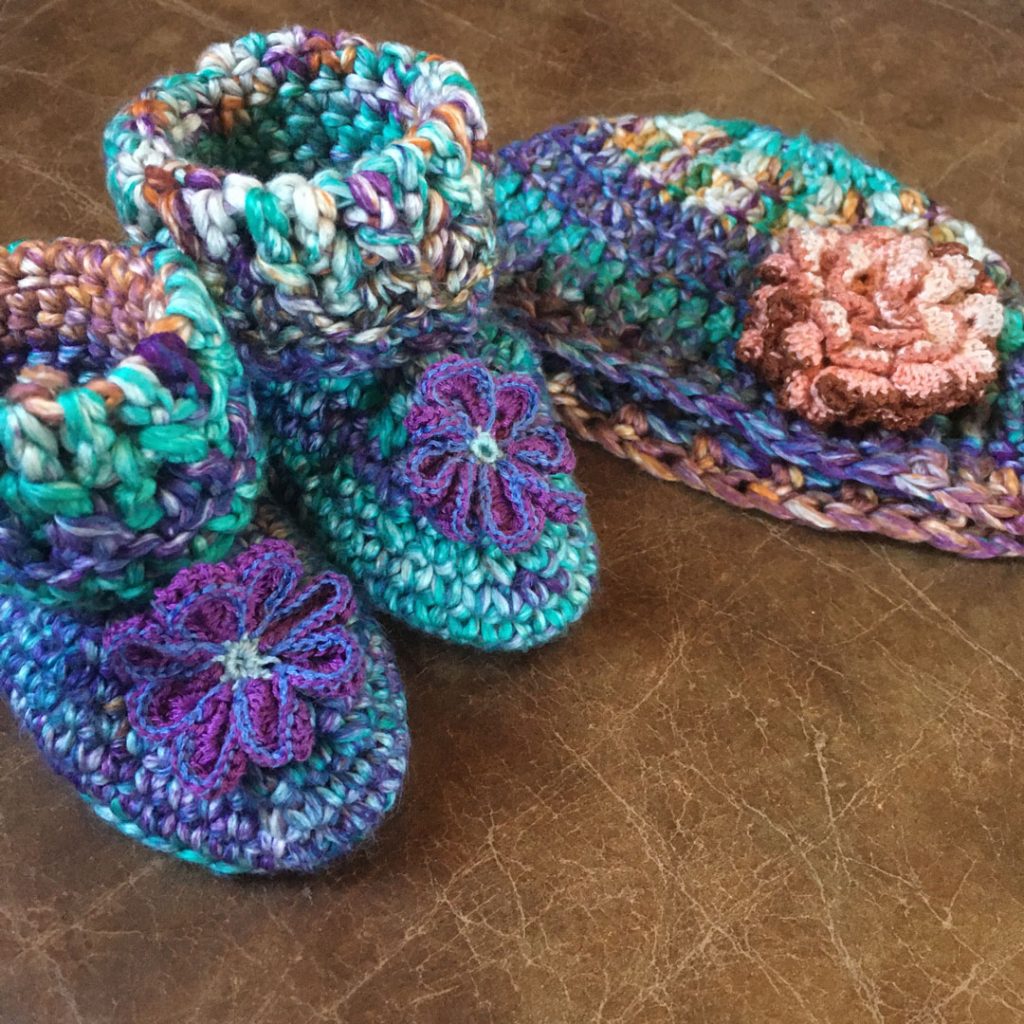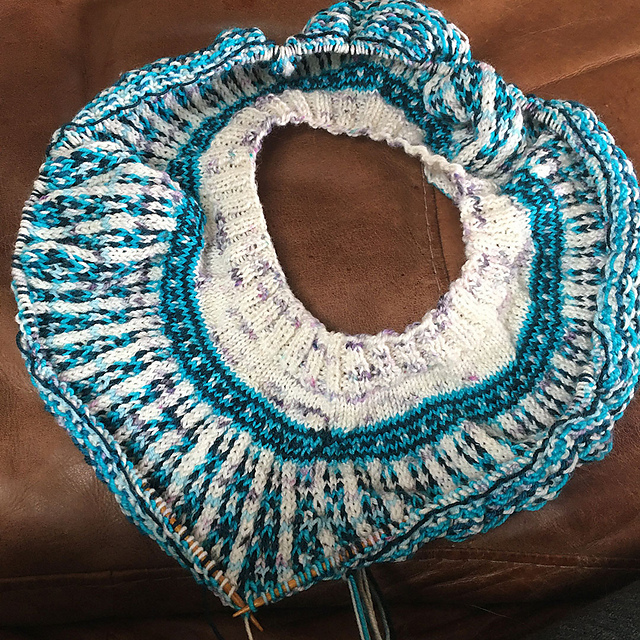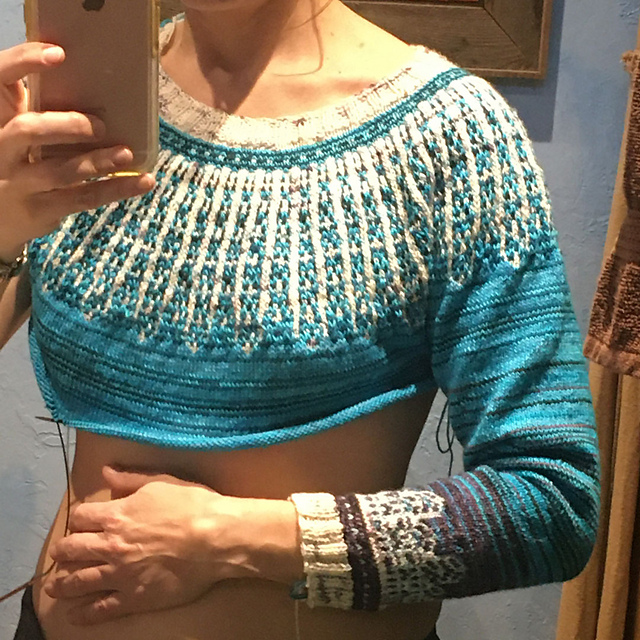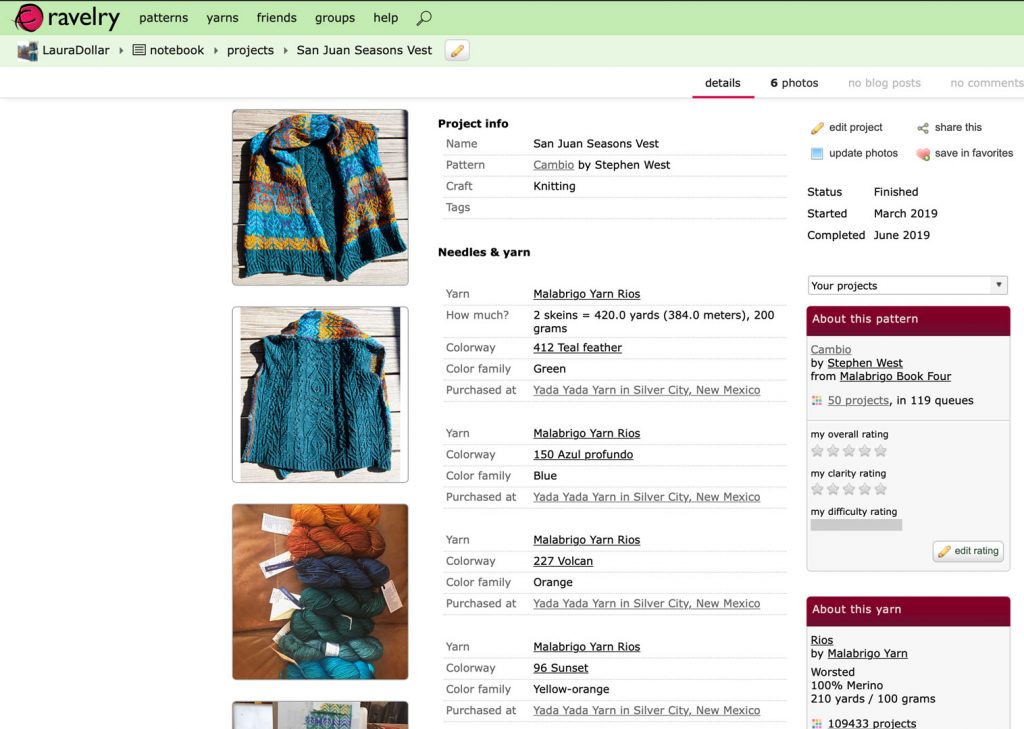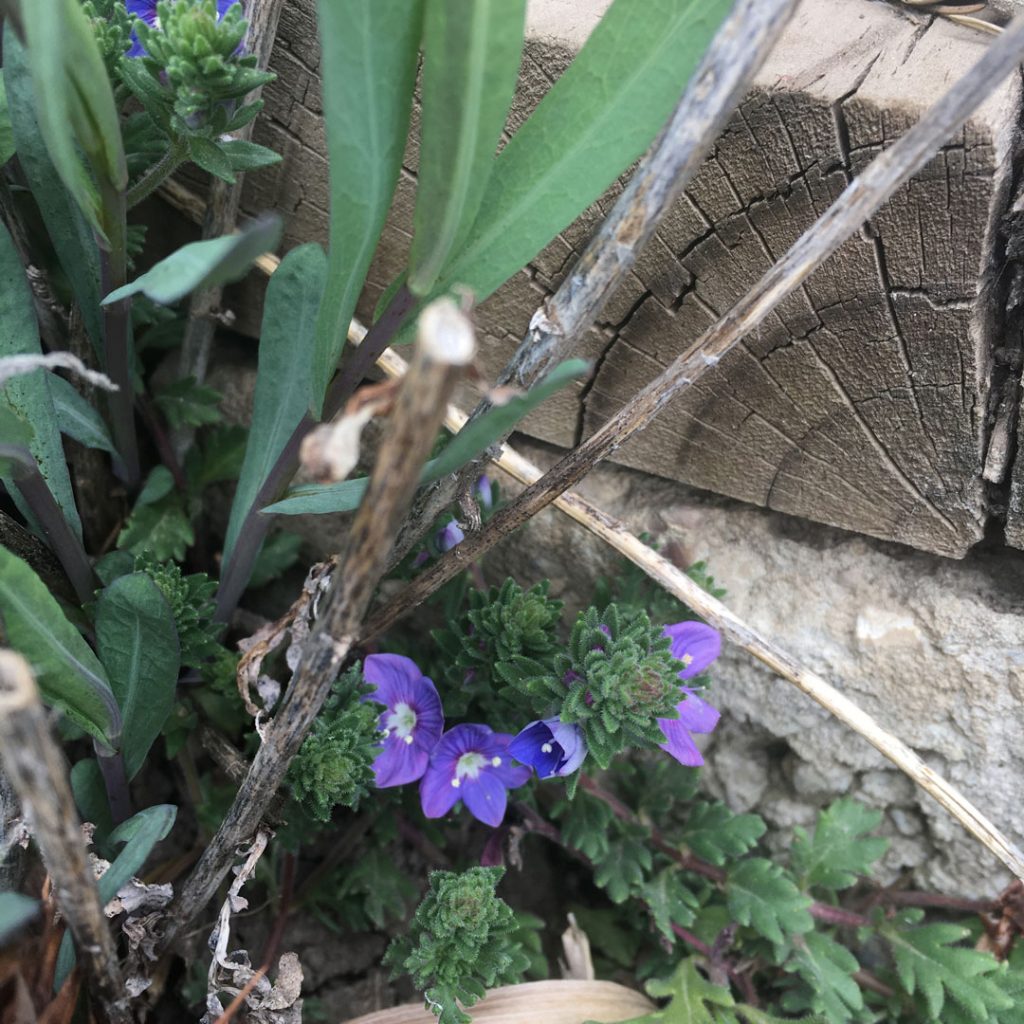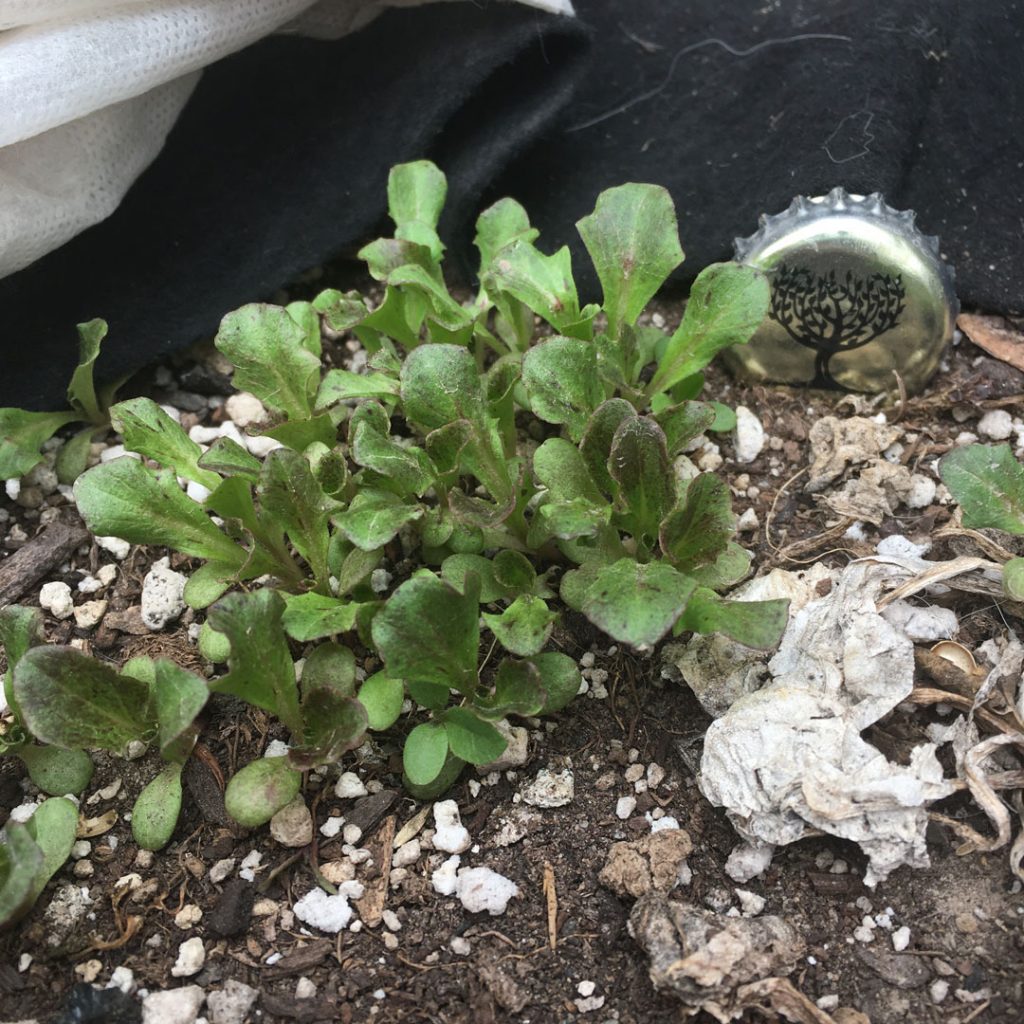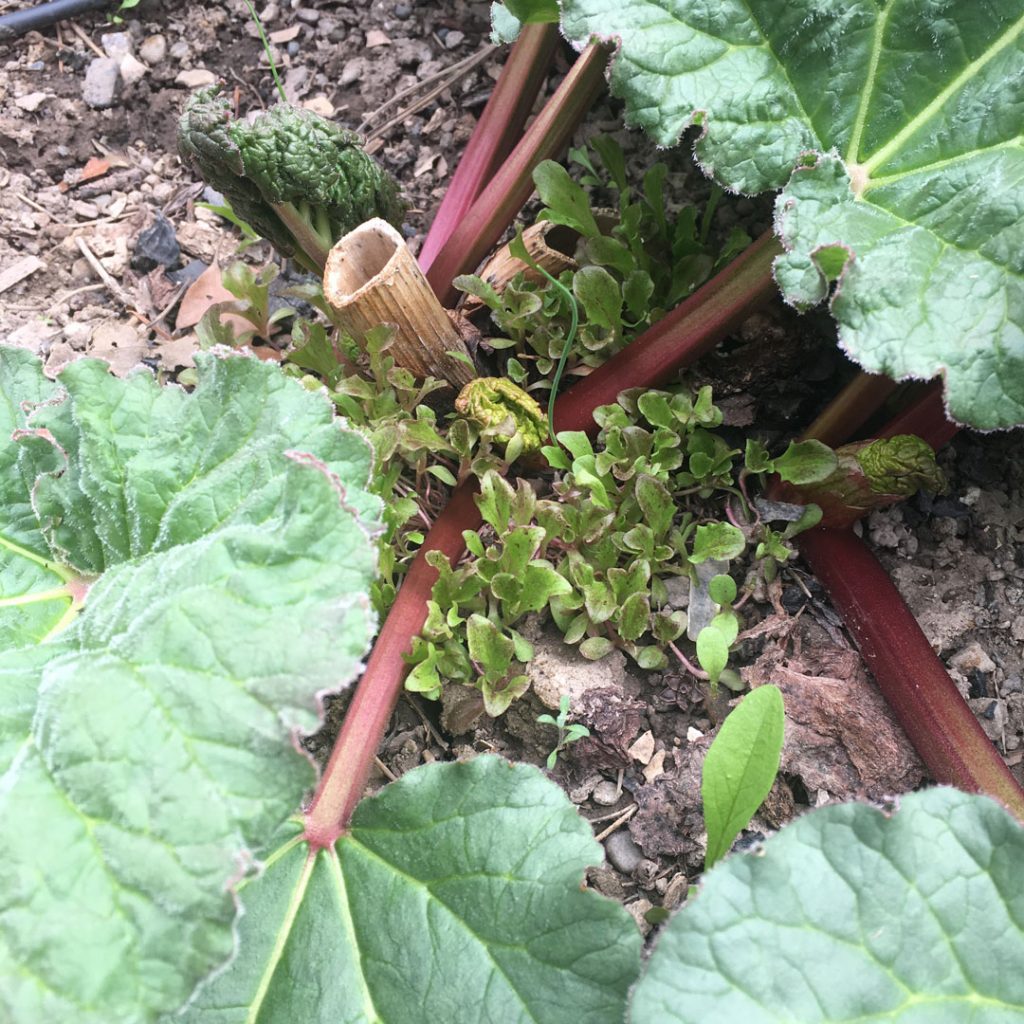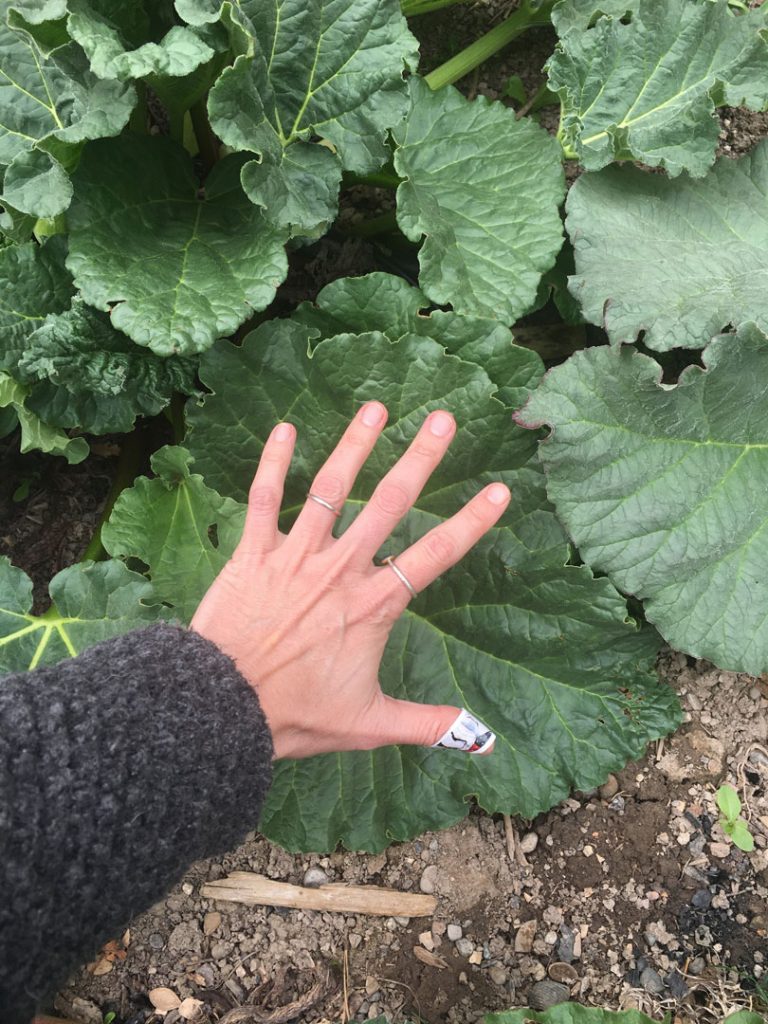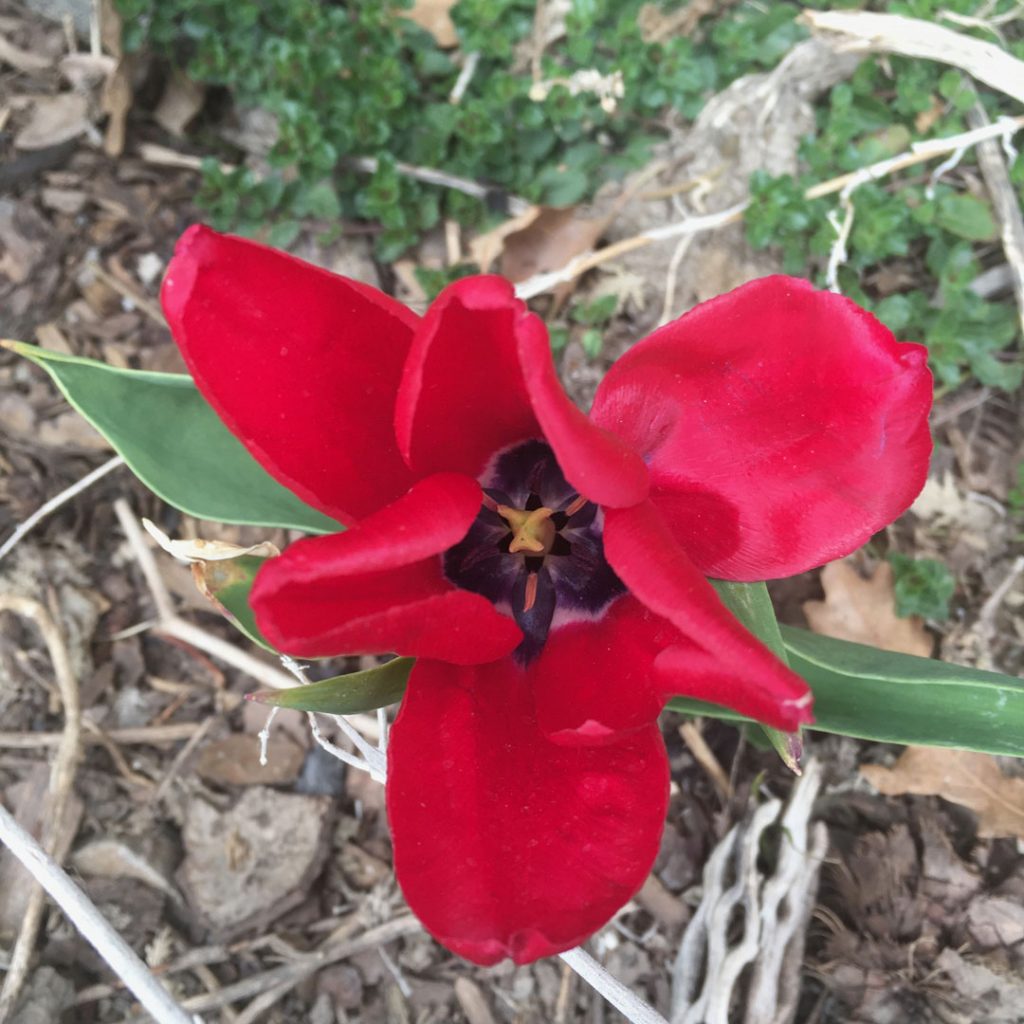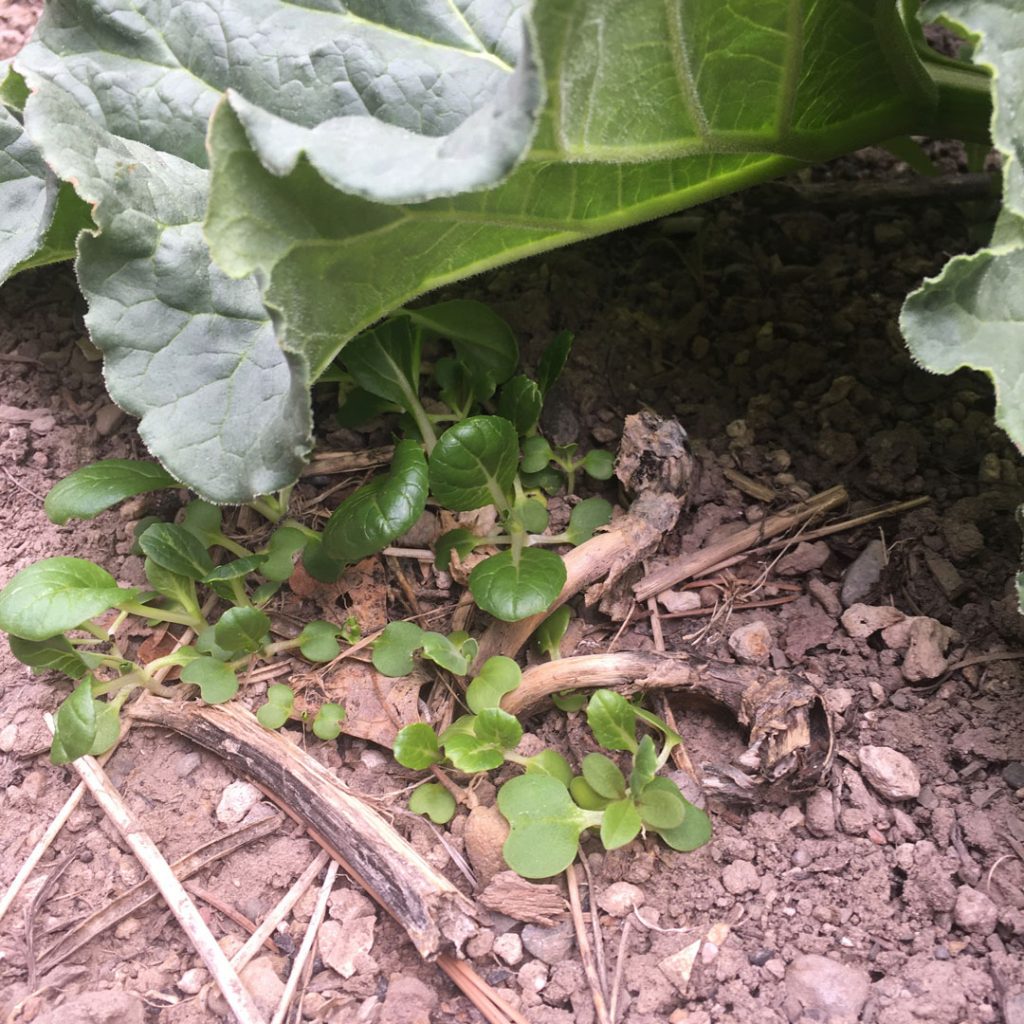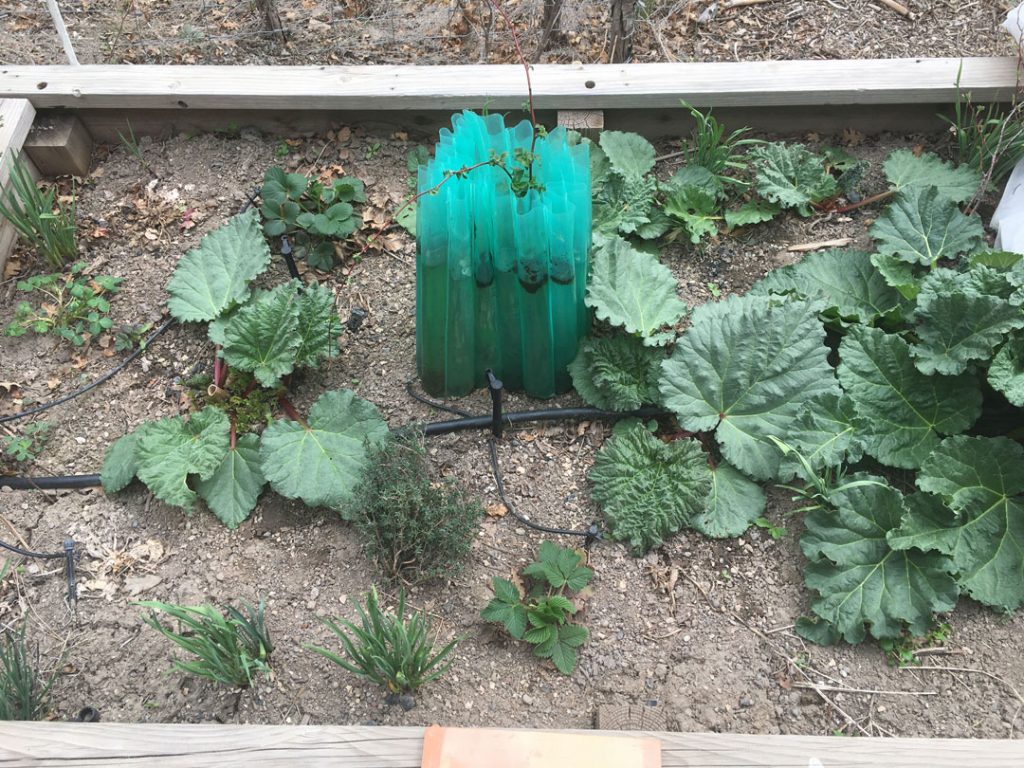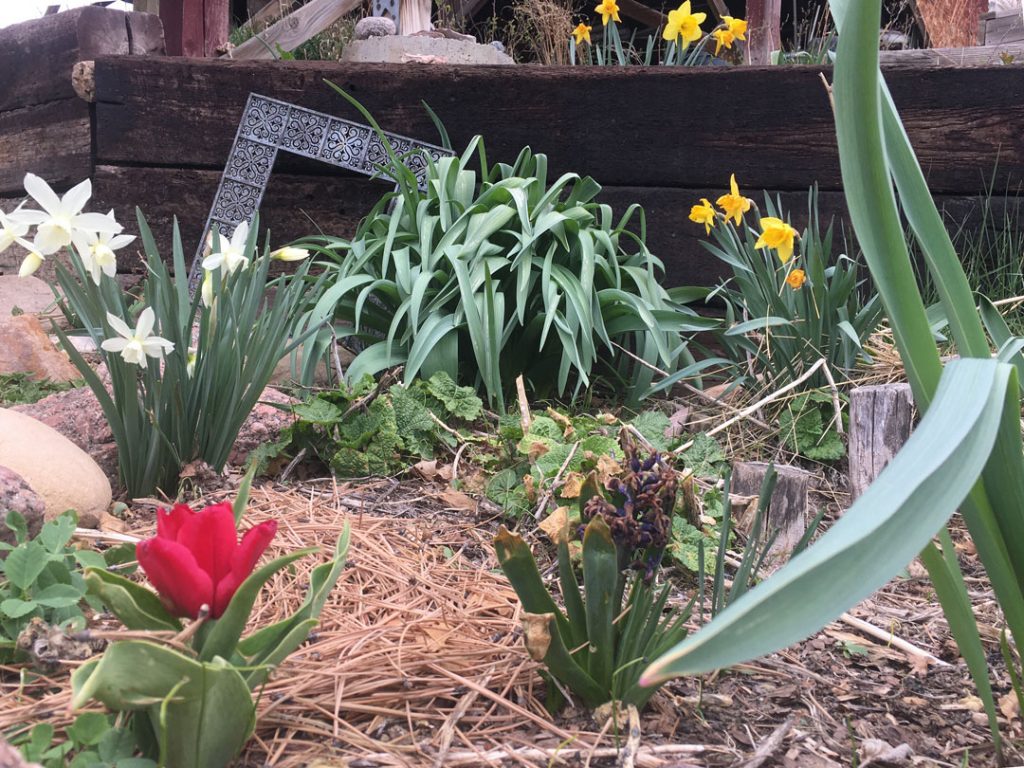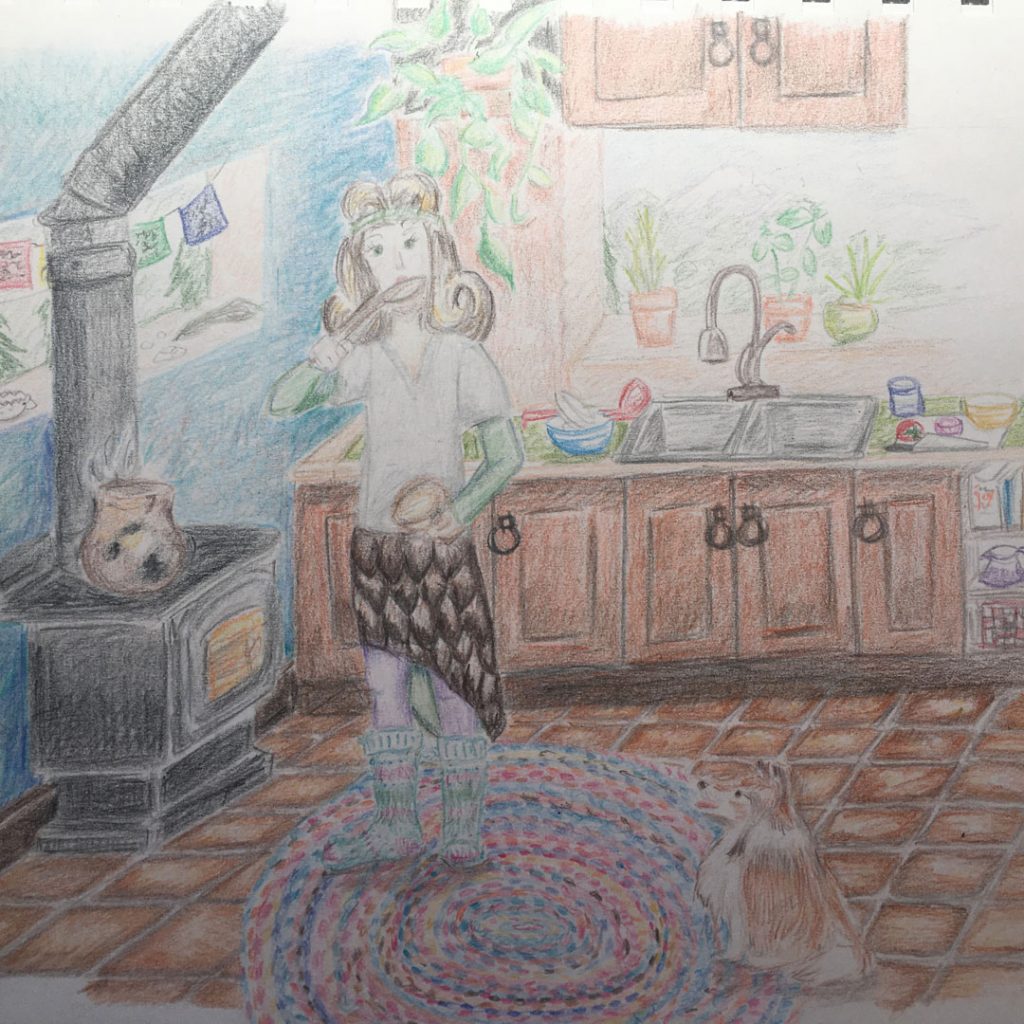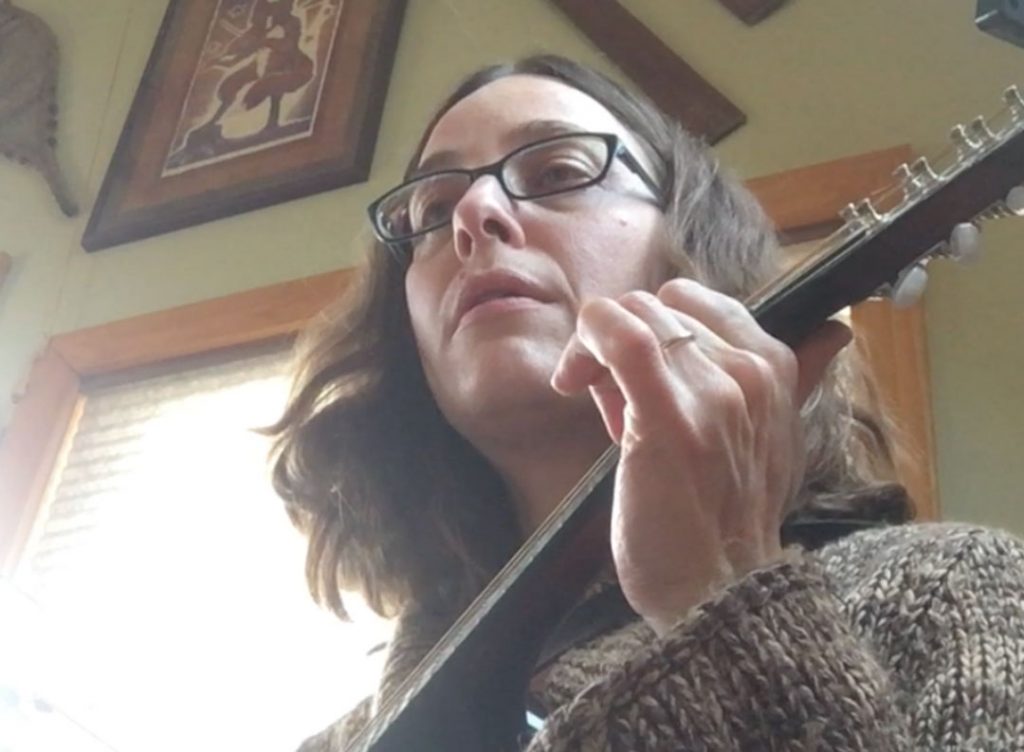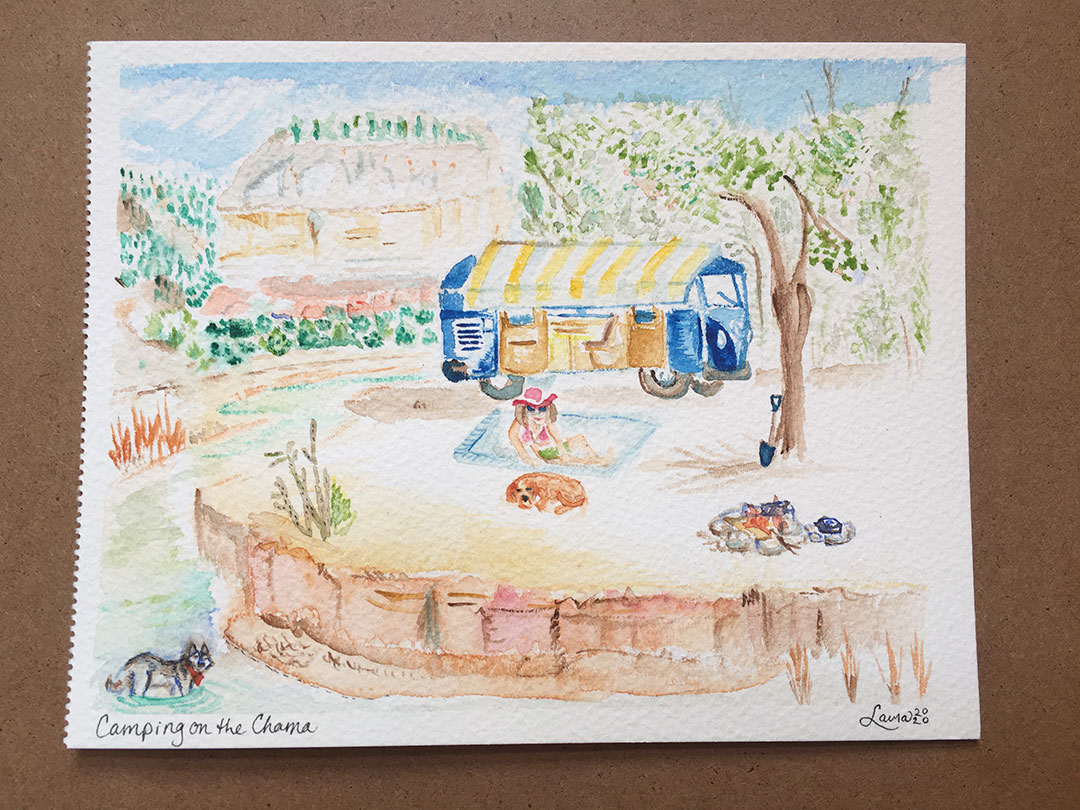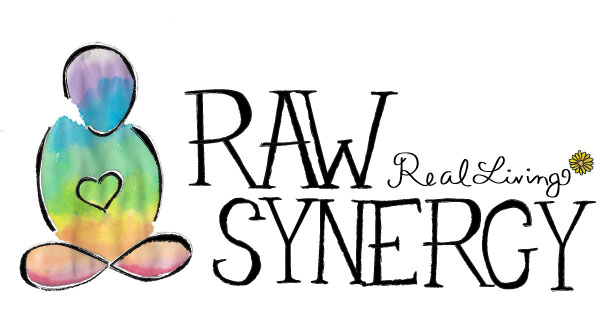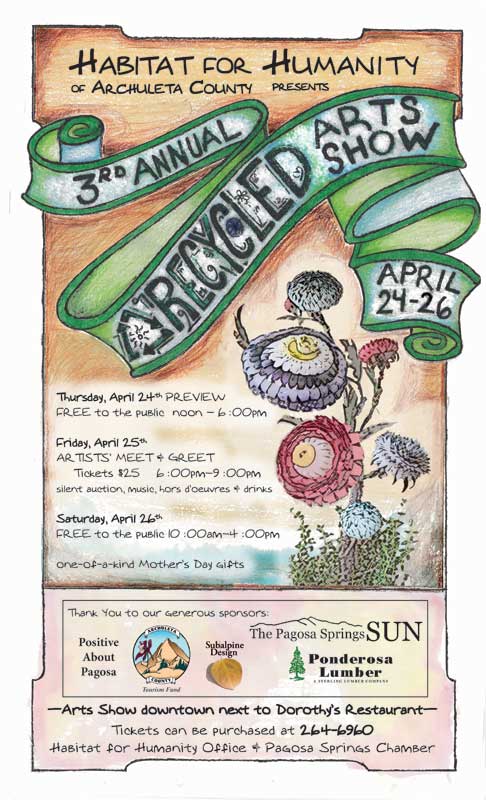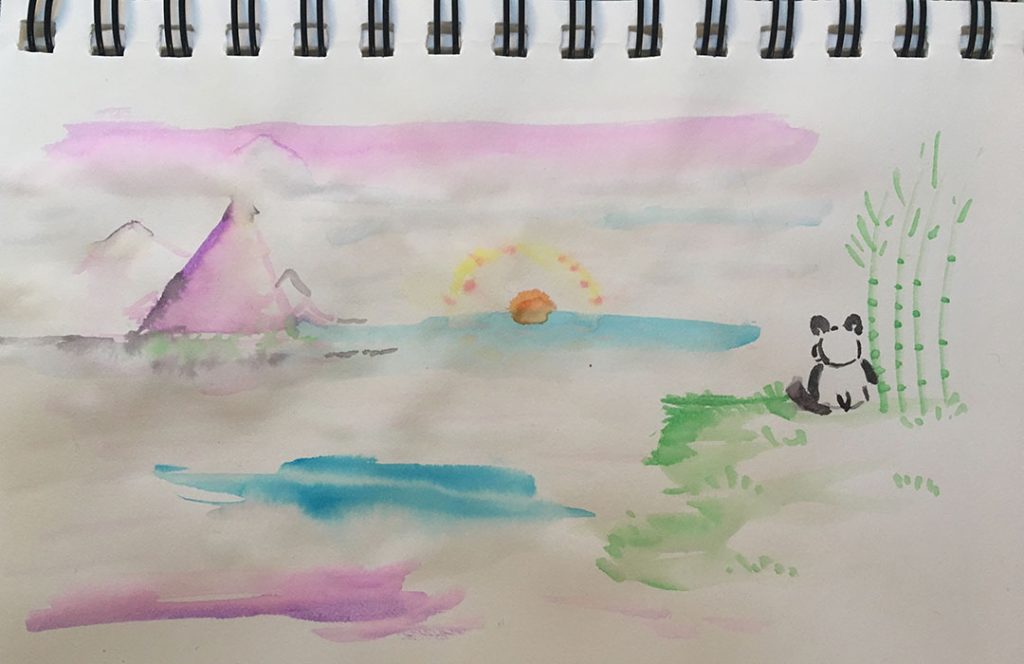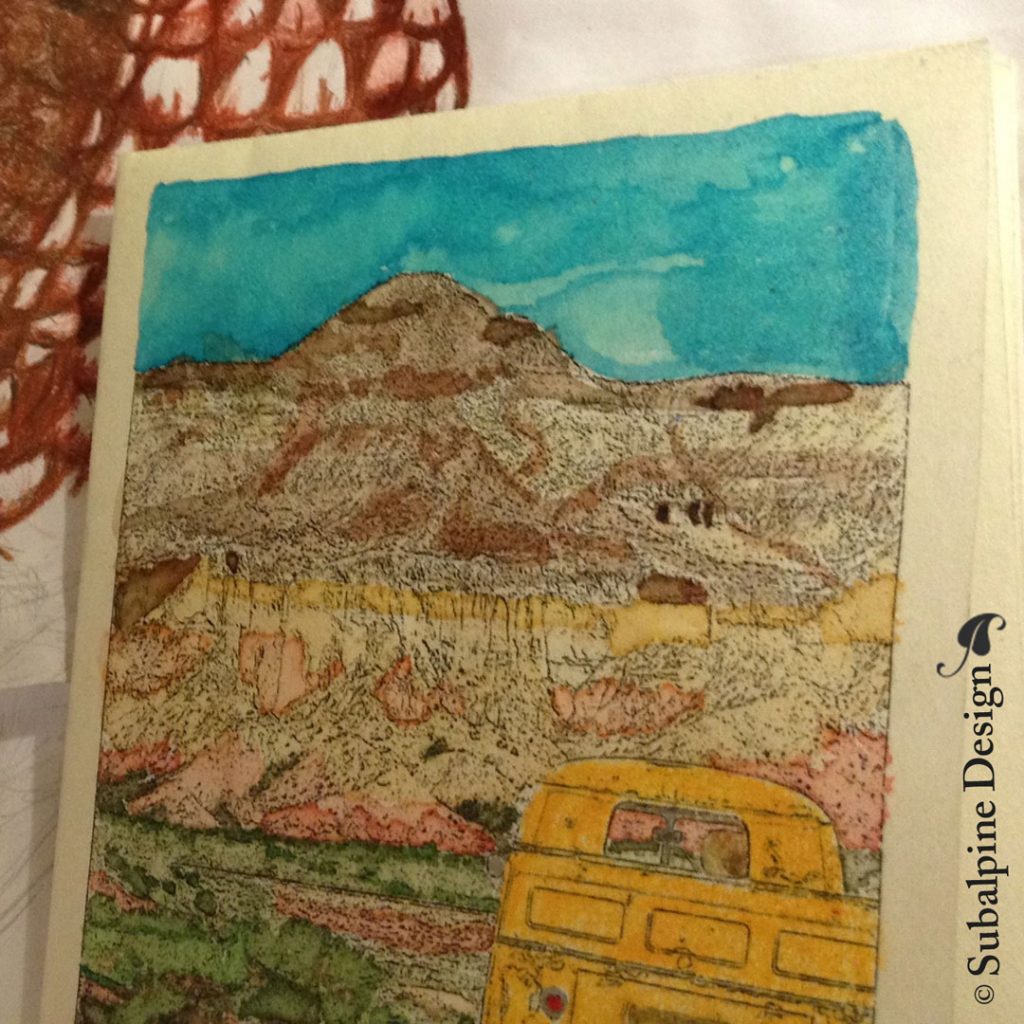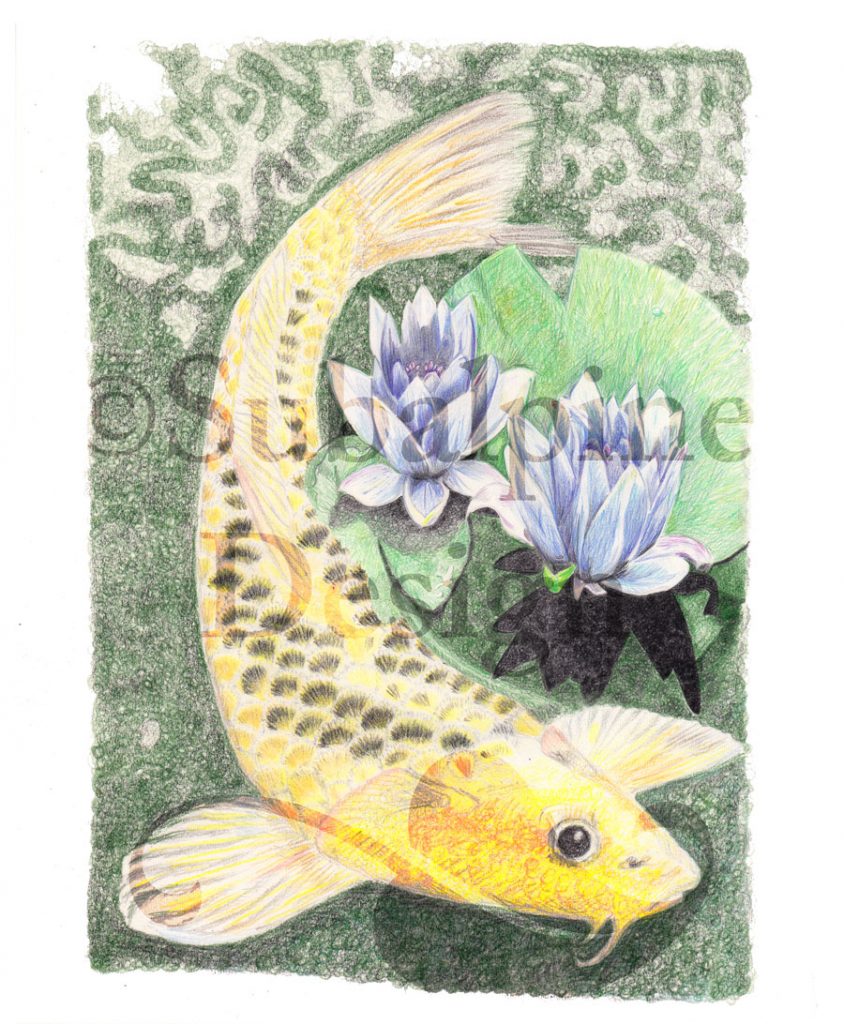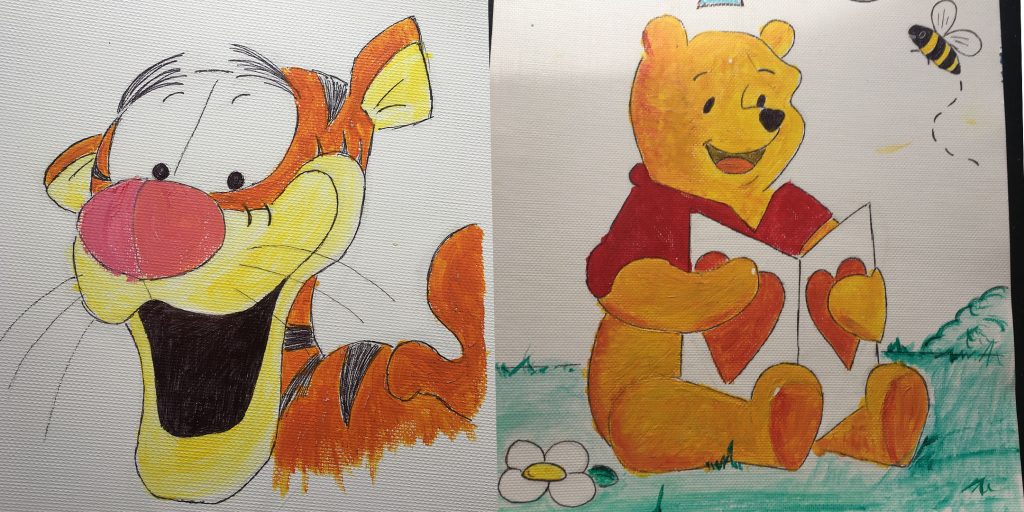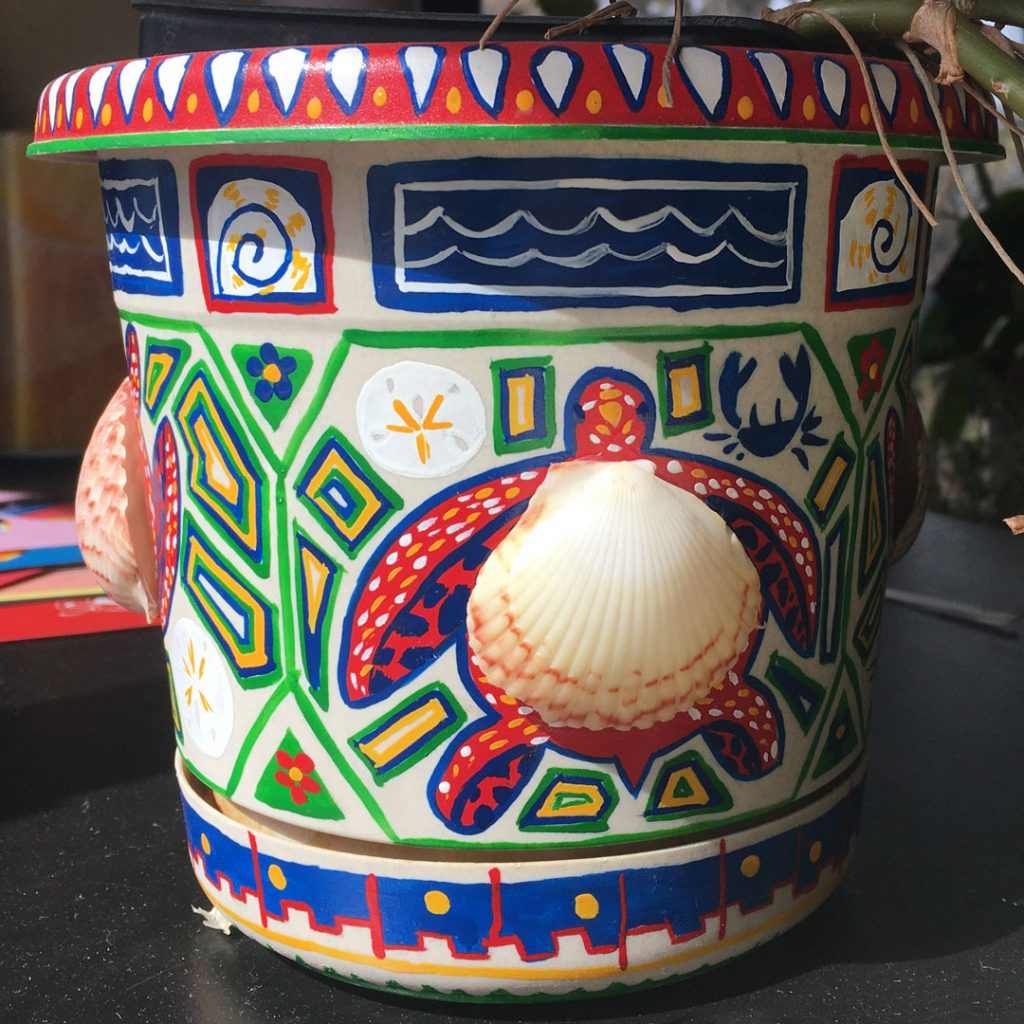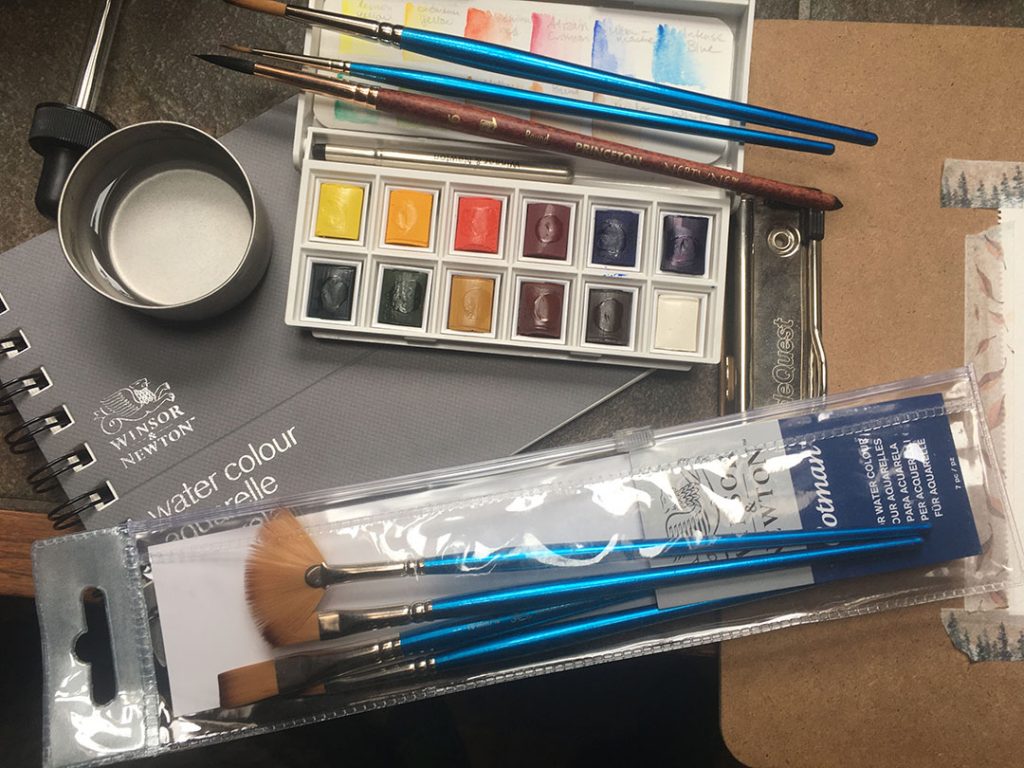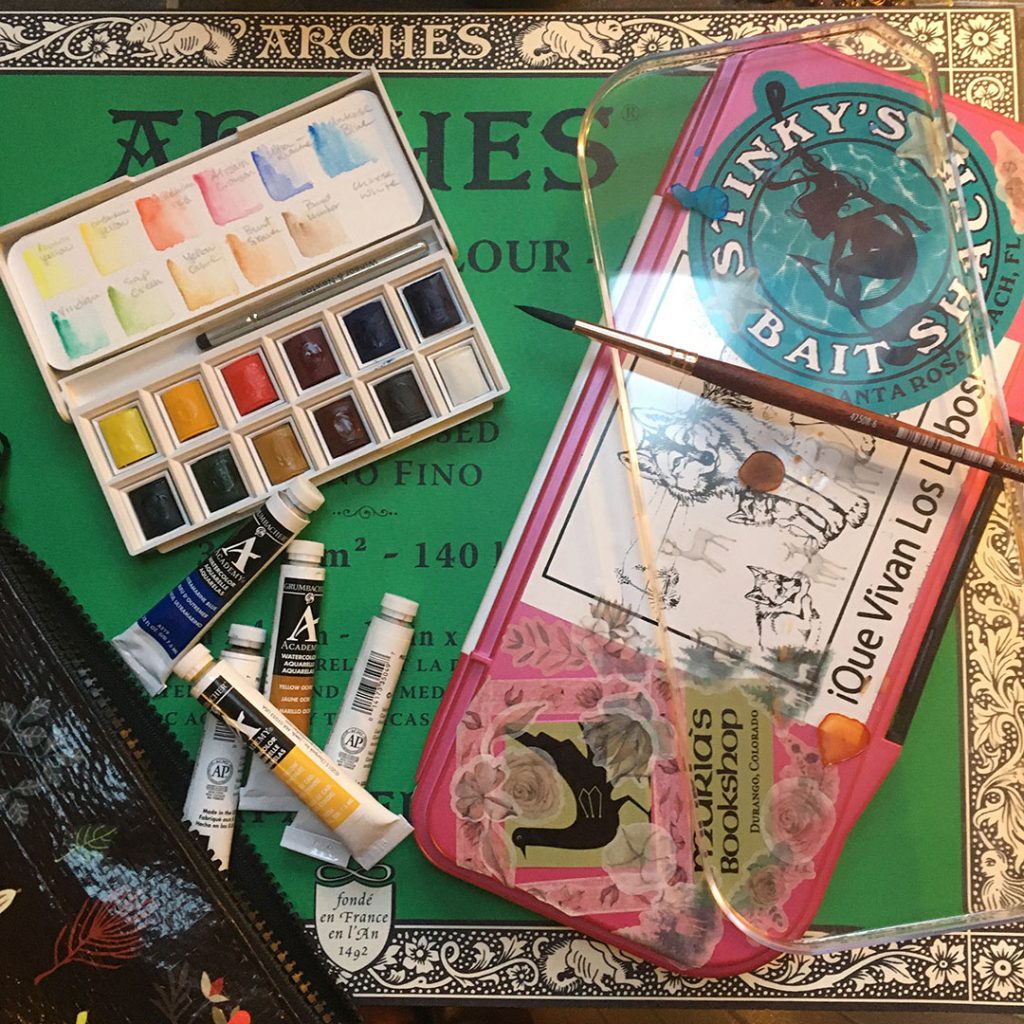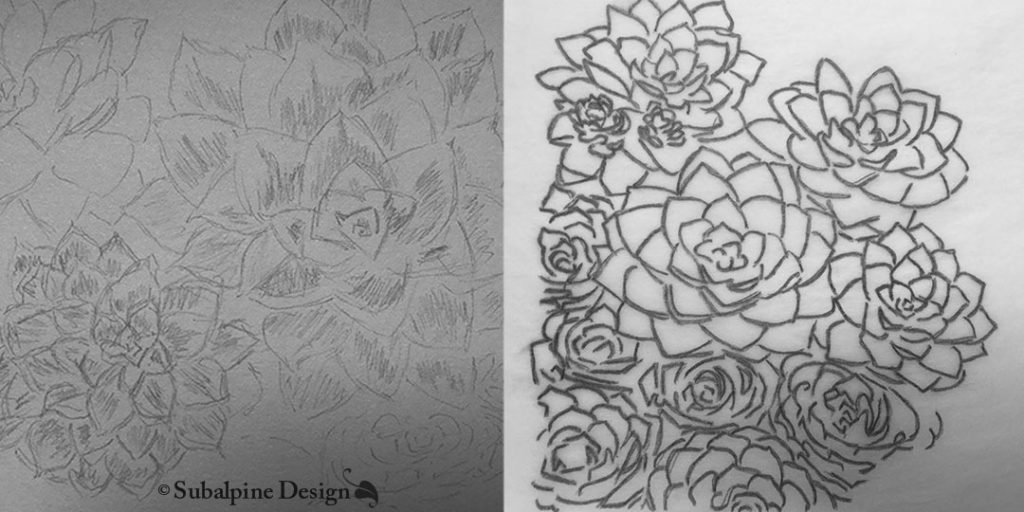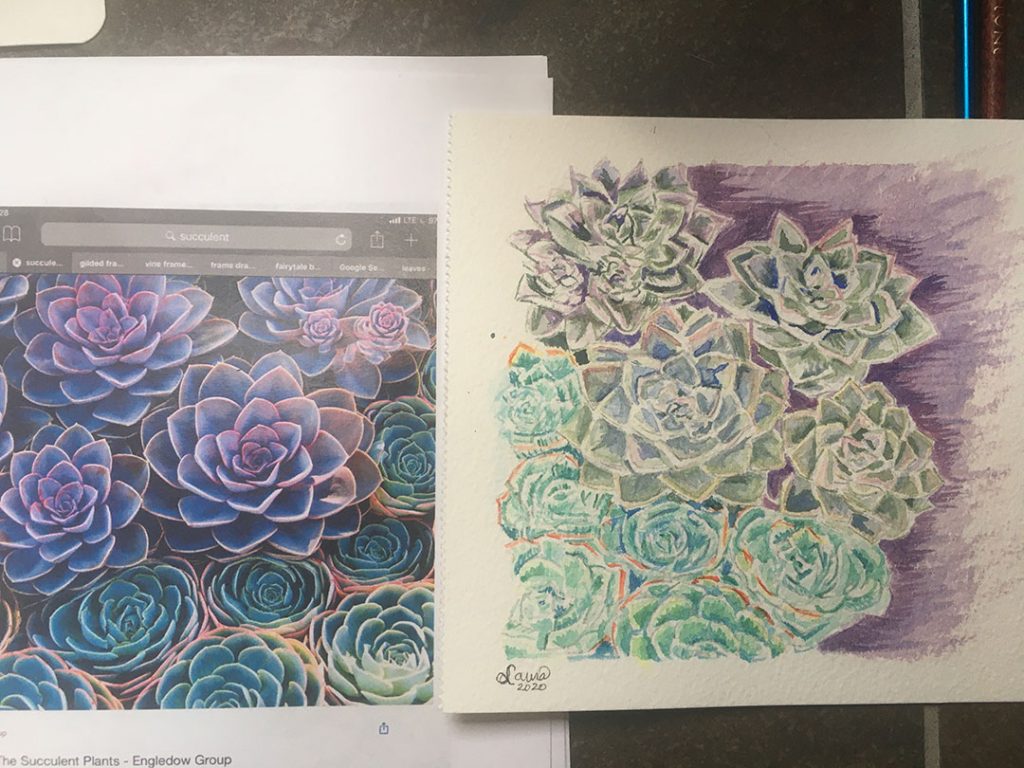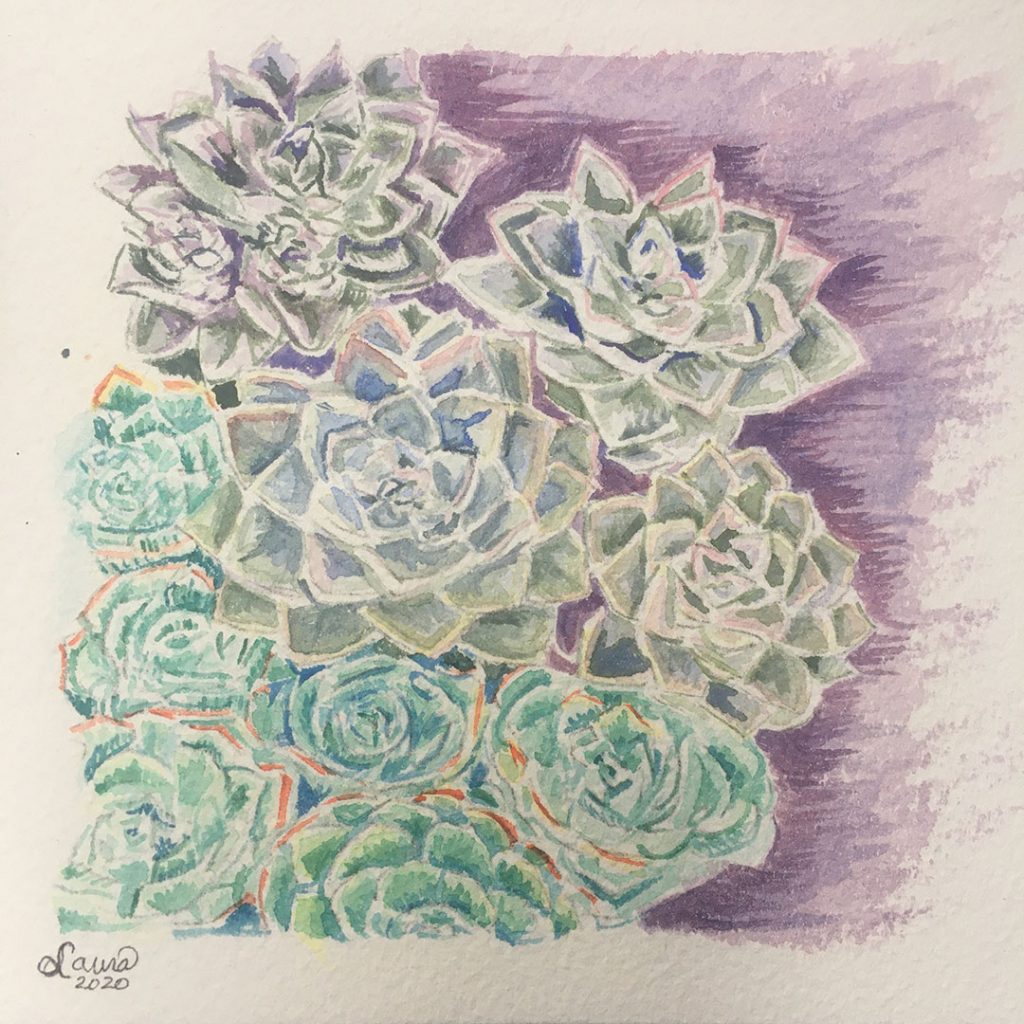That’s the title of my latest completed watercolor, Favorite Things. I’m very pleased with how it turned out. I’ve been having fun using my masking fluid and entering an Alphonse Mucha inspired phase that started with revisiting Wolf Rules.
Wolf Rules
My first sketched idea for this was also the first sketch/illustration I shared on this blog back in January 2019. It’s a subject I think I might re-compose and paint a few times.
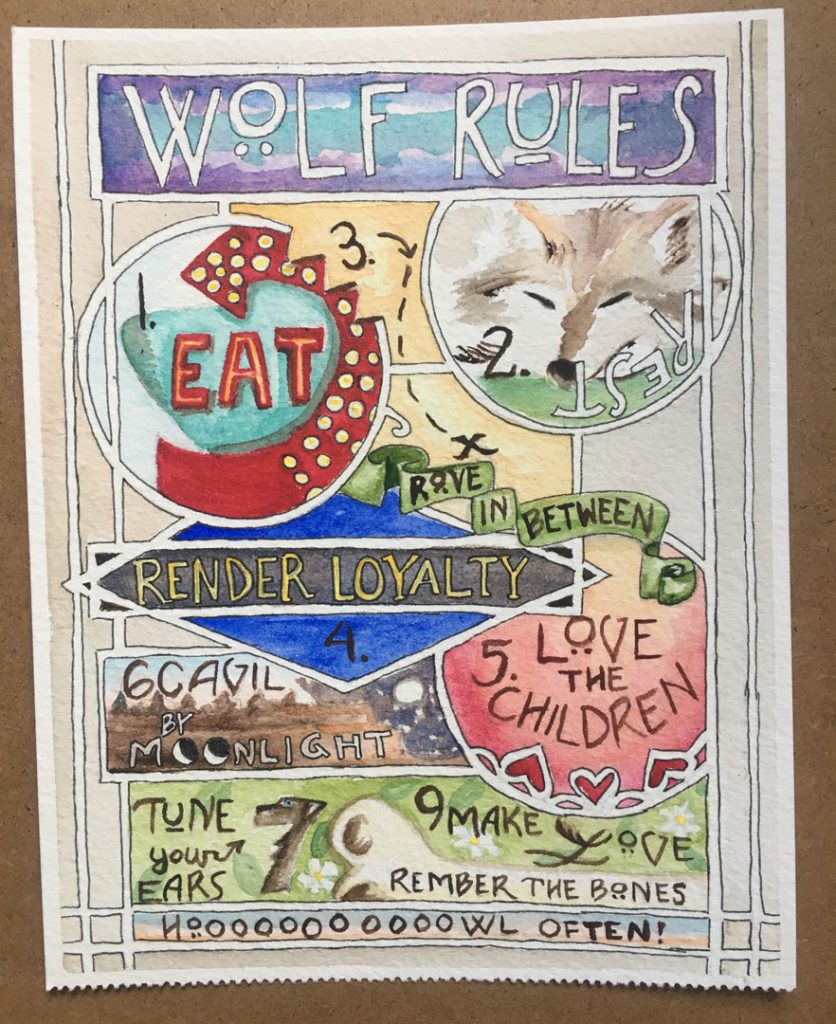
Finished Object: Starbird Shawl
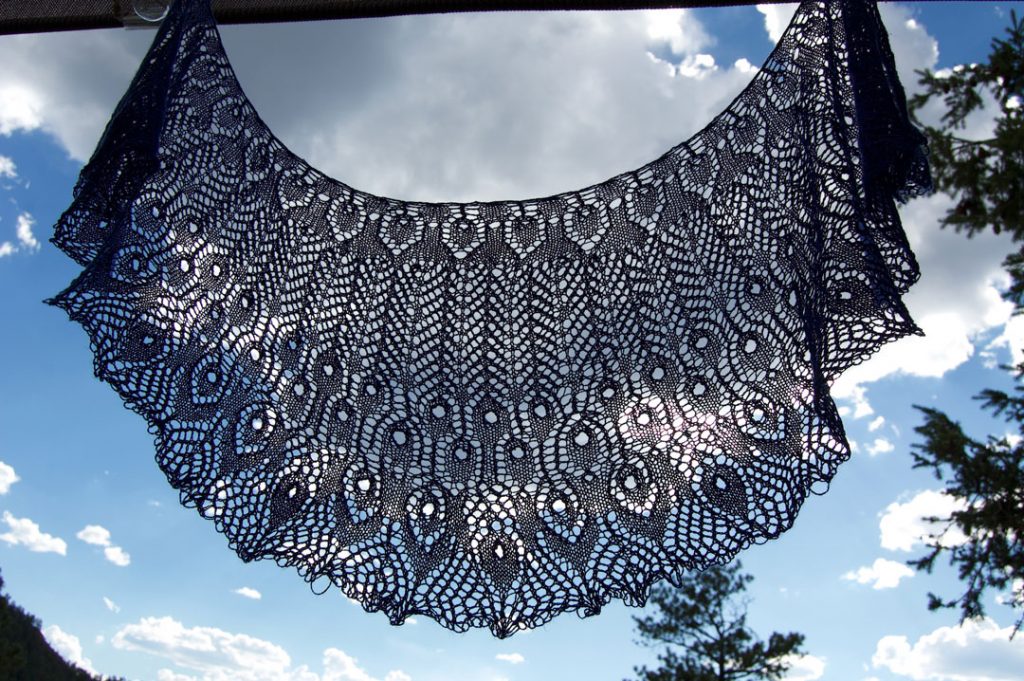
I’ve been hitting my first creative blocks with creating textiles. They pass with a flash of inspiration. I have to learn how to rest through these cycles because the ideas will come again. Usually I would have a stack of ideas brewing for the next thing, but this time I was clueless, going a week or two at a time sifting through patterns and trying to match it up to my stash of yarn. Something new to try, something I knew I could use.
My first breakthrough was pairing up this lacy Gamayun Bird shawl with the precious cobalt blue yak down fiber I picked up in Crested Butte during my travels. I called it Chasing the Stellar Jade Buffalo. The pattern required quite a bit of concentration. Instead I chose to name it after my great-grandparents. More photos and details can be found on Ravelry.
WIP: Lily of the West
I then searched for a loooooong time for the next project. M.A.N.Y. P.A.T..T.E.R.N.S! and many designers. Tops and skirts and dresses. I was originally drawn to Knitting for Breakfast’s Dune pattern, but learned I didn’t have quite enough yardage to make it with what I have on hand—starting a shopping list for next time.
I definitely saw the potential in Fiori di Loto to use my big purchase from the shut down in March. I was designing my Frozen Tears sweater back then and was looking for more Wooly Wonka yarn. Mooncat Fiber in Taos didn’t have any of the weight I needed, but they had these luscious dk weight 50/50 wool/silk kits, and they were on sale! I bought all she had left. I believe the colorways were Talisman and Desert Sunset. I also got Chaco Love (if I heard right—not pictured), that’s what wasn’t quite enough for the Dune pattern.
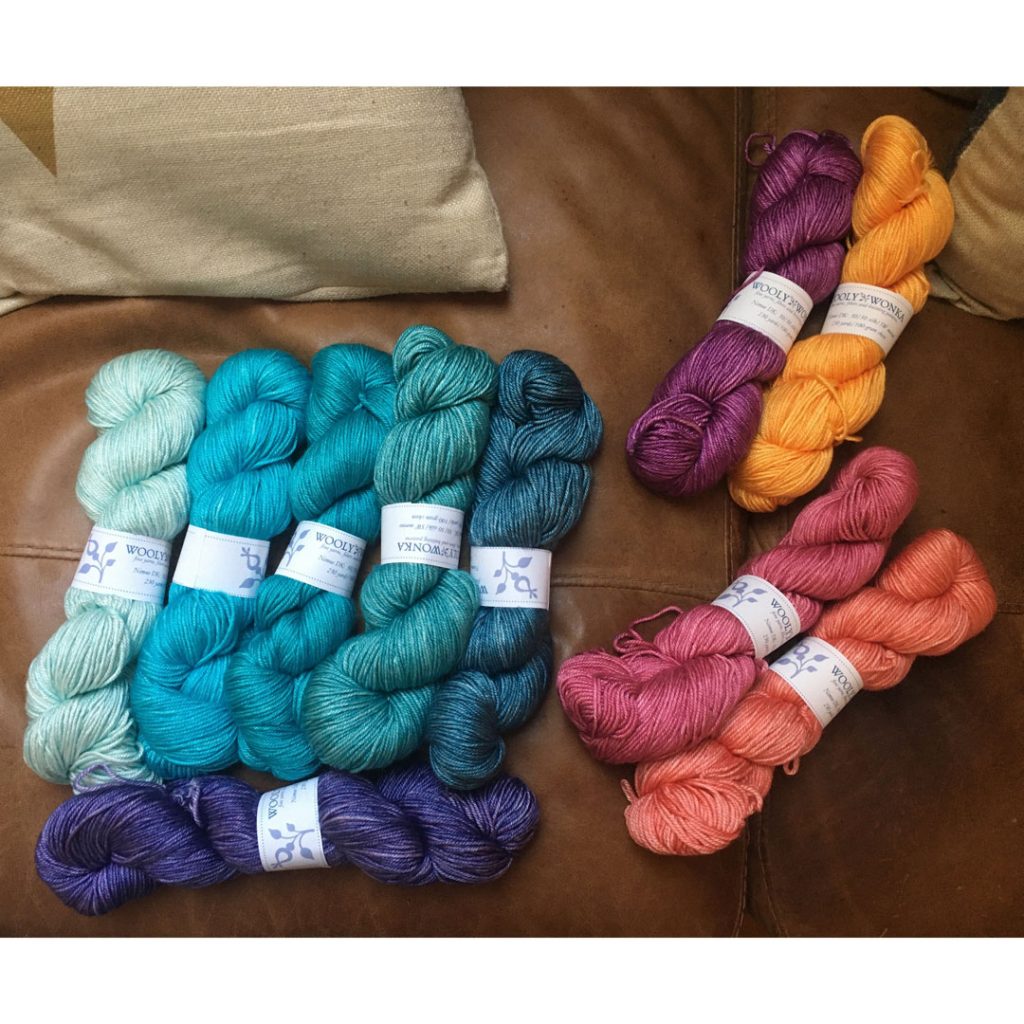
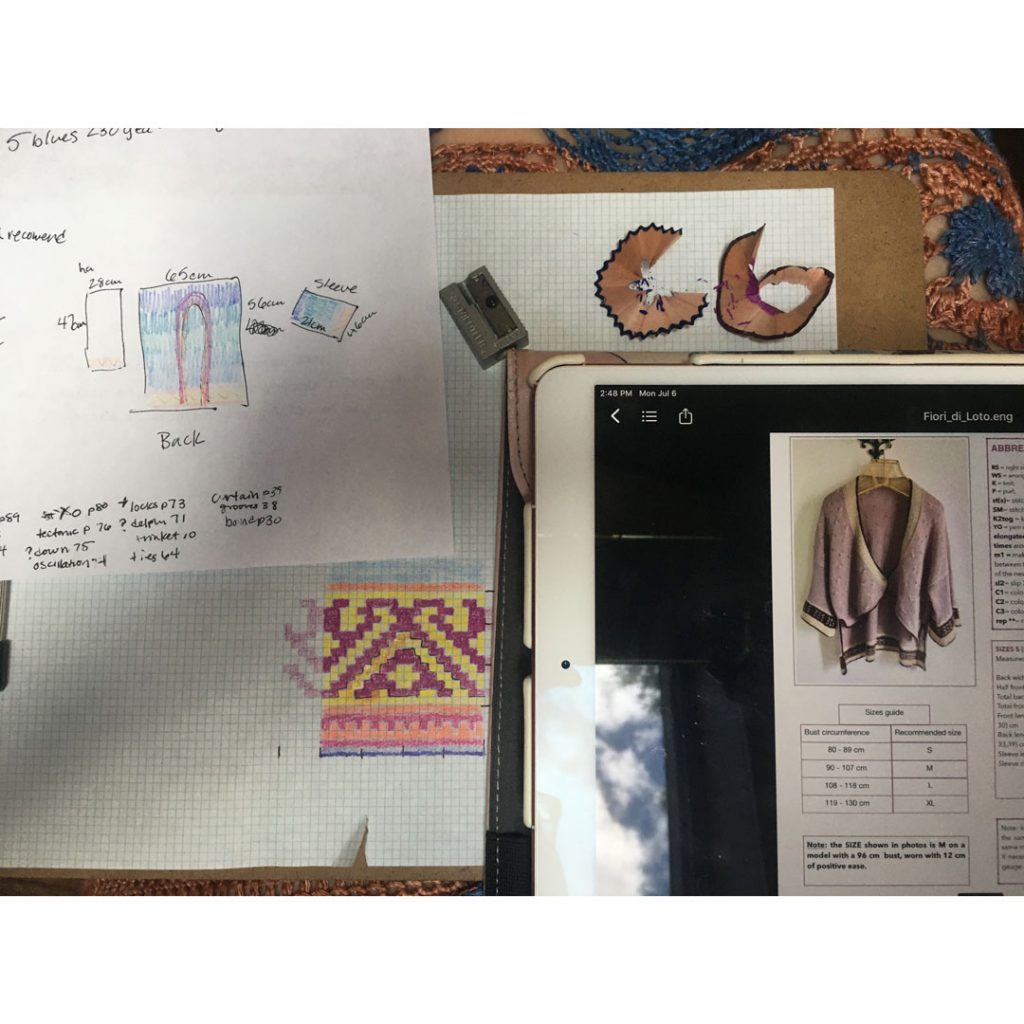
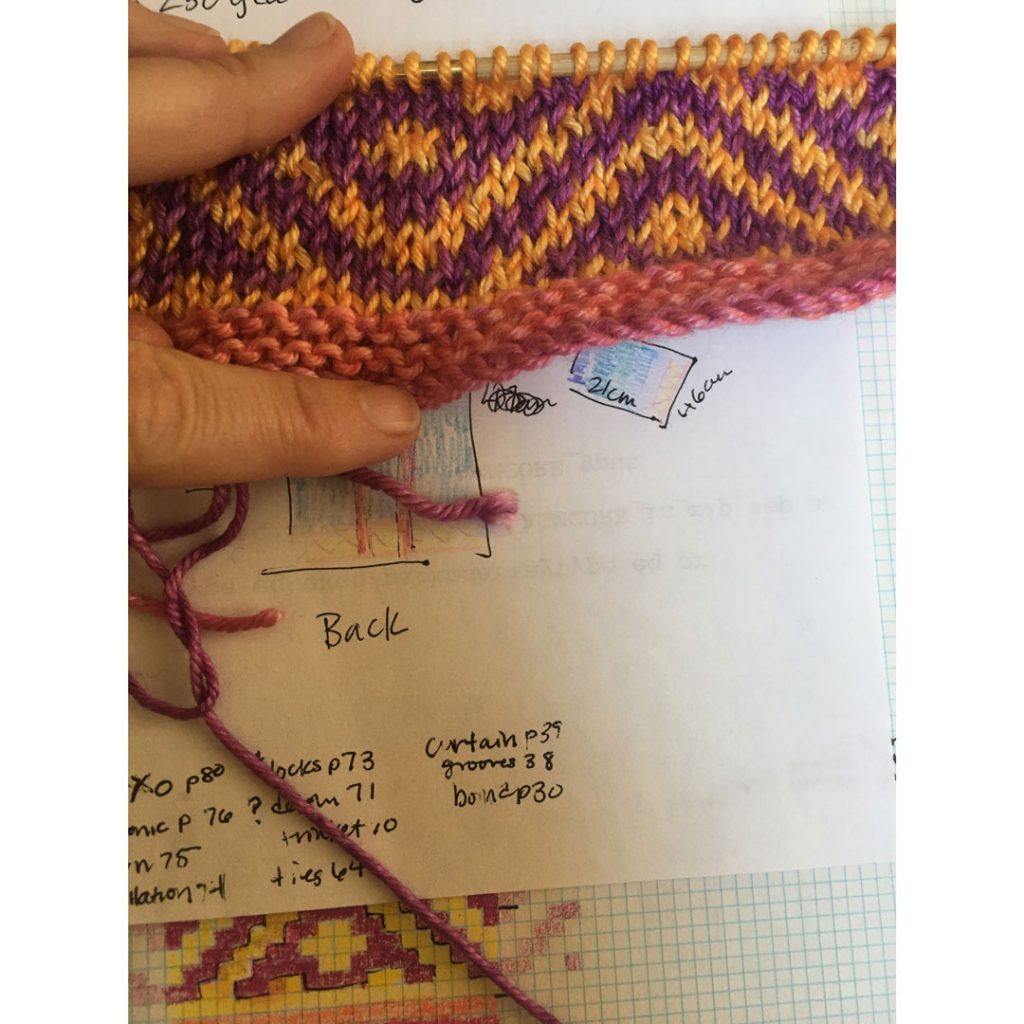
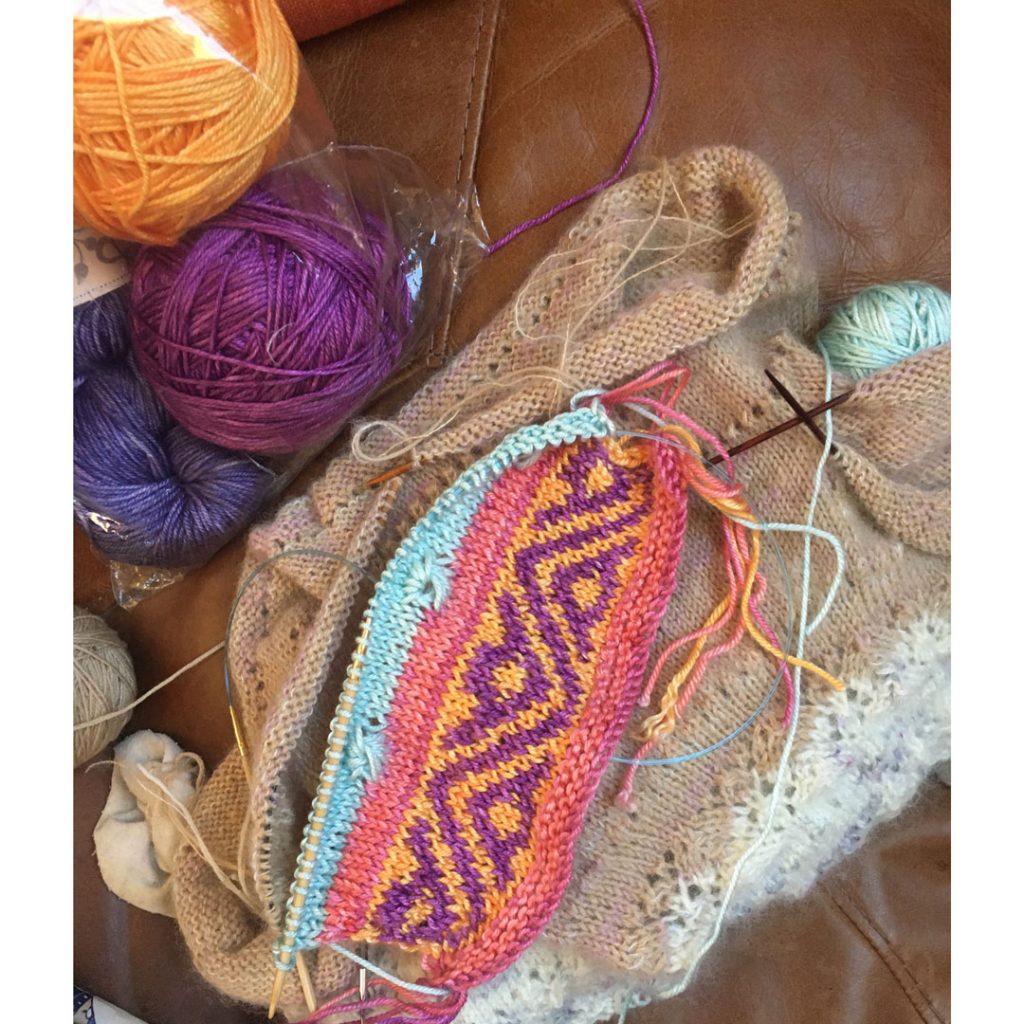
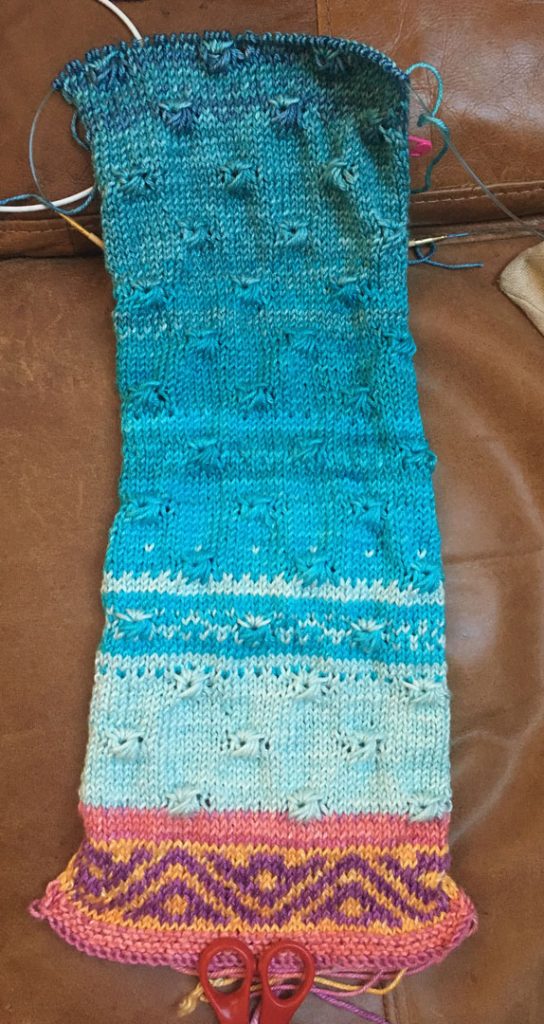
I’ll post more of these works in progress eventually on Ravelry. I’ve added some mods including making the front longer and a colorwork pattern from Alterknit.
WIP: Fairy Tale Short Sleeved Sweater
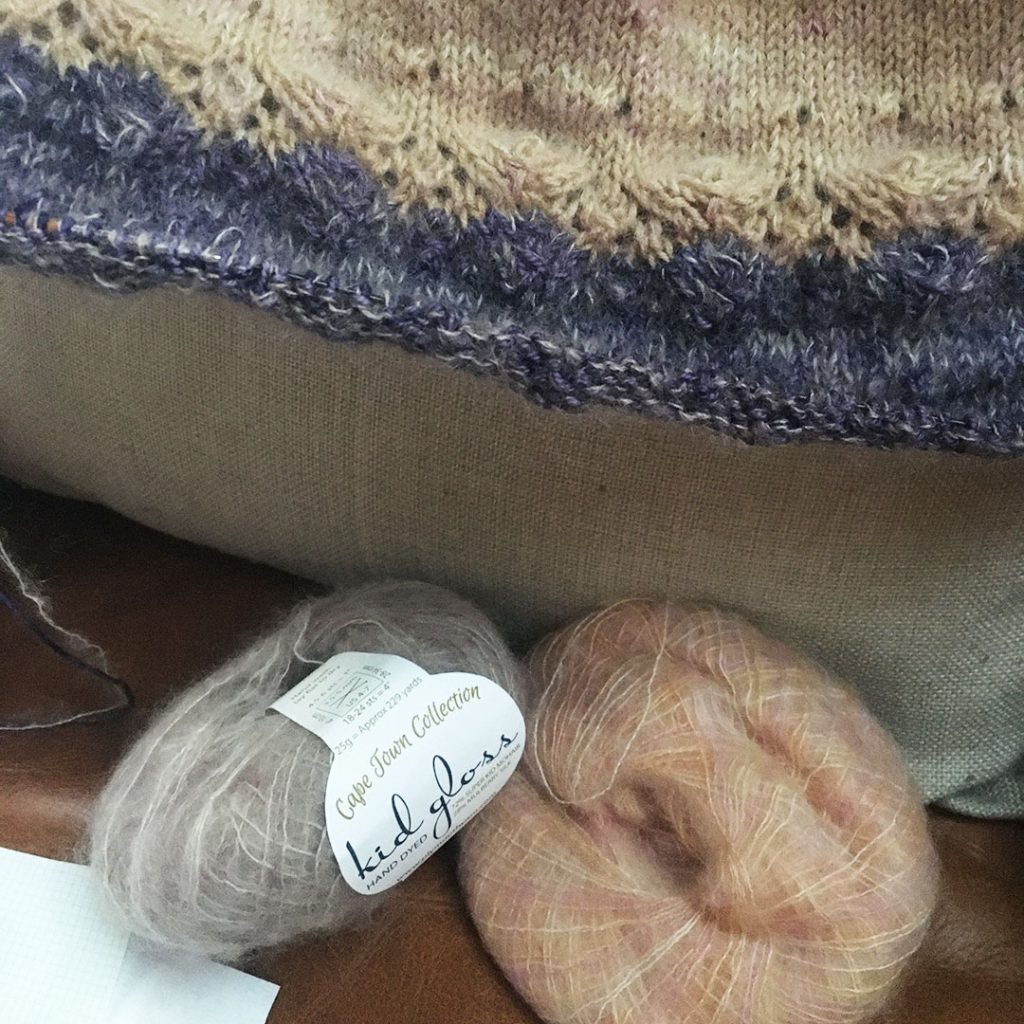
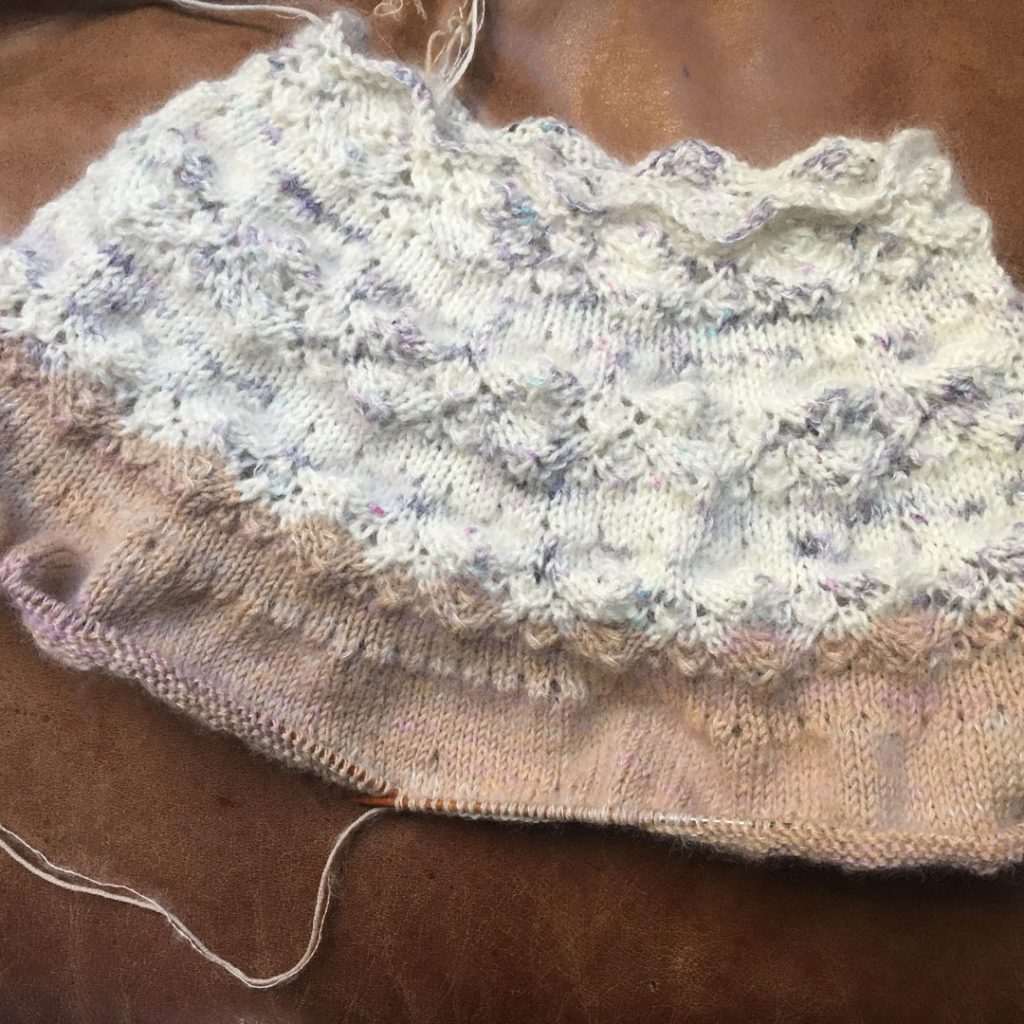
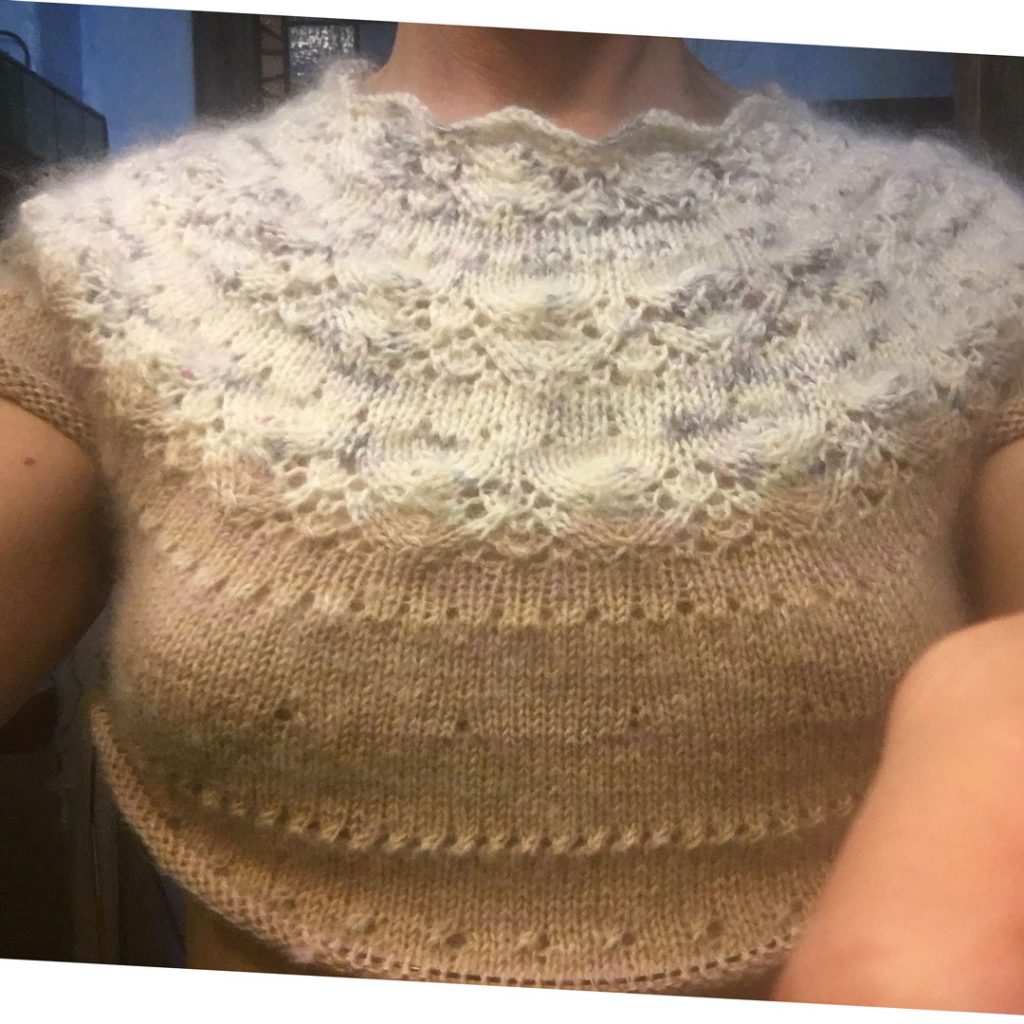
Fairy Tale was the icing on the cake. I wanted to pair it with a color scheme of kid gloss mohair that I’d bought way back from YadaYada Yarn in Silver City: ecru — peach sherbet? — amethyst. I didn’t want to just use the mohair, I wanted a little more substantial top in this round. So I paired it with the leftover Unicorn I was afraid of running out of with Frozen Tears and leftover Blackberry from the same sweater and this Urth Oleaster that I had bought in Durango with socks in mind. I could have made two sweaters outta all that fiber! Thinking about looking for a bamboo or something lightweight and doing a more summery version with more positive ease since we have been in the 90s the last two days.
When I’m feeling sad,
I simply remember my favorite things,
And then I don’t feel so bad. —Rodgers & Hammerstein
